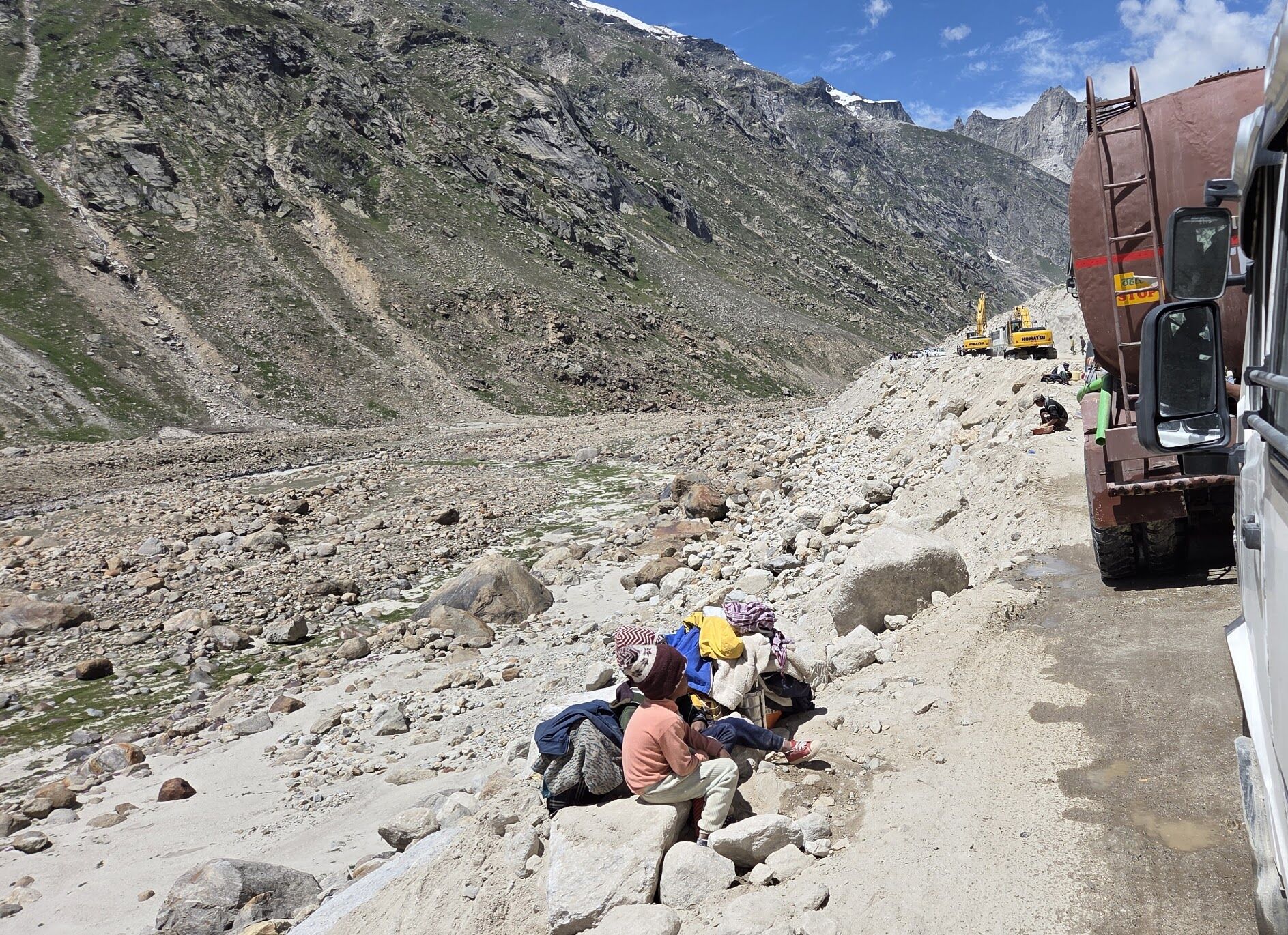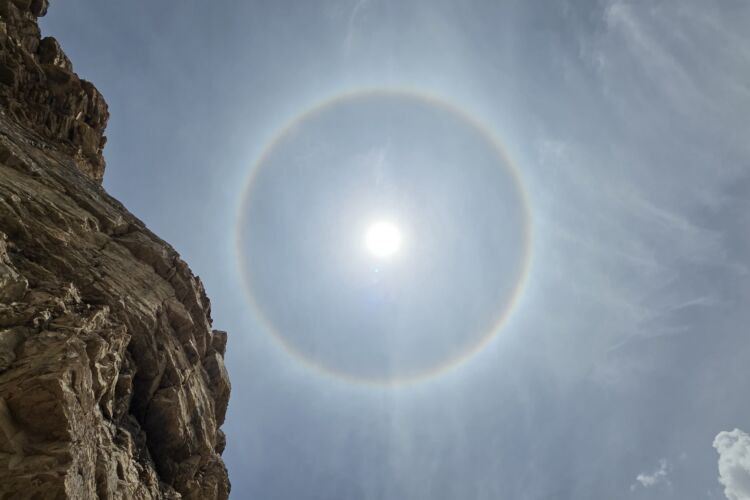Corporate responsibility
Corporate social responsibility can lead to development cooperation that improves lives.
Corporate social responsibility can lead to development cooperation that improves lives.
The ProTibet Festival is an annual large-scale cultural activity for the Czech public.
E-shop and Tsampa
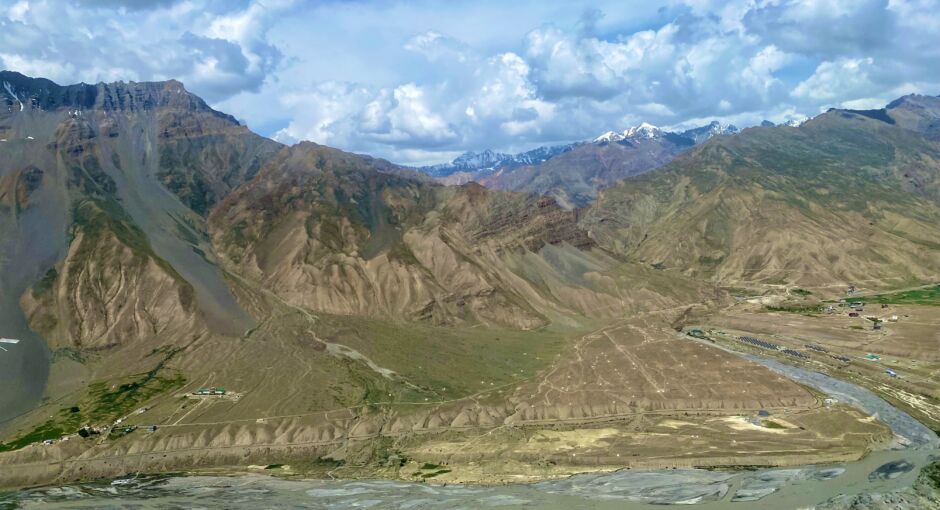
Year after year, the Mostáč expedition heads north to the Himalayas in Himachal Pradesh to altitudes of 3,500 – 4,500 meters above sea level. There are 10 of us, we will travel to Spiti for 4 days and stay for 10 days. Preparations for the trip are quite hectic for most of us, so when we meet at the airport, it is a kind of relief. No one really knows what awaits us, the plan is preliminary, the expedition’s outputs are given, the circumstances are unclear, but most importantly, we are going!
We arrive in Delhi at one in the morning. After an hour’s ride in a night taxi in Delhi, we are greeted by the wild Tibetan district of Majnu KaTilla, a strangely changing area that is outside the classic Indian legislation and parameters. It adapts very much to modern Western trends: rooftop restaurants, cocktails, cigarettes, girls in short tops, young tattooed Indians and Tibetans, pizza, cappuccino, cheesecake, modern world music, etc.
Some things remain the same: heat (like in a laundry) and streams of sweat, dogs, mud, garbage and stench, traffic, horns, power lines, non-working AC, shops, Mentse-Khang and waiting. We will spend the second night on the road, namely in an overnight Volvo from Delhi to Manali, where we will acclimatize and sleep, look around and absorb the rocket launch towards the Himalayas.







In Manali, we have already started work related to the adoption project, namely at the E-Wam monastery in Rangri. We met half of the monks who study Buddhist philosophy there, the rest of the younger ones live in Kaza. It turns out that some are scattered in all directions for a year or more. The total number of monks in Rangri is increasing, but the accommodation capacities are still limited. This has been a long-standing problem. Behind the monastery, a mountain of garbage is also growing at a proportional rate, which is reflected in the aroma in the air. It is a pity. However, it is a peaceful place. We hope that they will soon manage to negotiate the purchase of a piece of land so that they can start building more rooms for the monks who come from the monastery in Kaza.





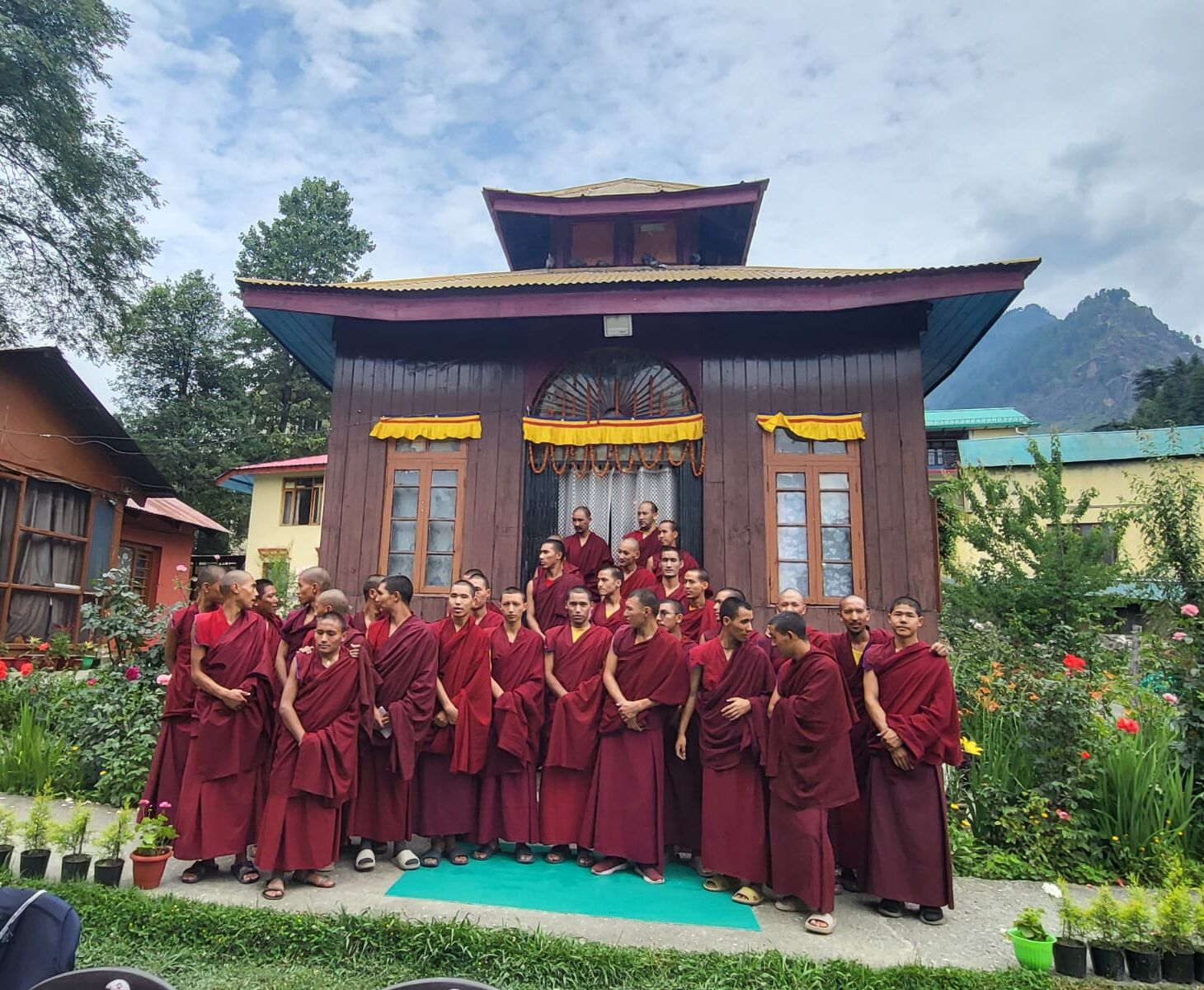
Early in the morning we set off from Manali to Spiti, it is raining heavily and the backpacks are on the roof of the minibus… If everything goes well, we have a 10-hour journey ahead of us. There are potholes, puddles and mud everywhere along the way, only a small section of asphalt here and there, fortunately there are no traffic jams or landslides. Thanks to the rain, there is no dust either. The only drawback is that our windows are fogged up the whole way…
When we enter Spiti, we visit the family of our coordinator from the Ki-Norbua monastery, who accompanies us from Manali. We get real butter tea and biscuits and some tsampa. We learn how things work here. In winter, families are “snowed” at home for almost 8 months, 8 family members sleep in one room with stones. It can be as low as minus 35 degrees outside. Sometimes there is no electricity for 7-10 weeks and so the families pray for the few hours when there is light outside. Otherwise, they probably sleep a lot, because during the vegetative season, they work a lot in the fields.
We arrive in Kowang in the evening to the nuns and, somewhat shaken from the journey, we sit down in silence for tea and dinner, looking forward to rest and a good night’s sleep.













On the first day after awakening in beautiful Kowang, our second home in Mostác, with the kind nuns, we agreed that the first working trip would belong to the Pin Monastery, because the important teacher Dzongsar Khyentse Rinpoche is also located there. This is a world-famous capacity, he has many wonderful initiatives around him and his way of teaching Dharma is unique. We drive for two hours and after eight years we see blooming rose bushes and various herbs everywhere in the rocky Spiti, everywhere the eye can see, real beauty.
In the Pin Valley, Rinpoche and I performed a puja below the monastery to preserve the life of animals – cattle that were to be slaughtered. They were given life and may no longer be killed for the purpose of consuming meat. It was a beautiful display of traditional cultural processes, traditional clothes and processions. The animals were decorated with colorful ribbons to make it clear that they were the chosen ones.
We visited the Pin Monastery, which we support, at a rather inconvenient time. Half of the nuns were not there because they had obligations to visit Rinpoche. Our main coordinator, Dawa, was also not present. She was grieving with her mother because she lost her sister in a tragic accident two weeks ago. We took pictures of the shy girls present before the adoption, and we have to catch up with the rest later.


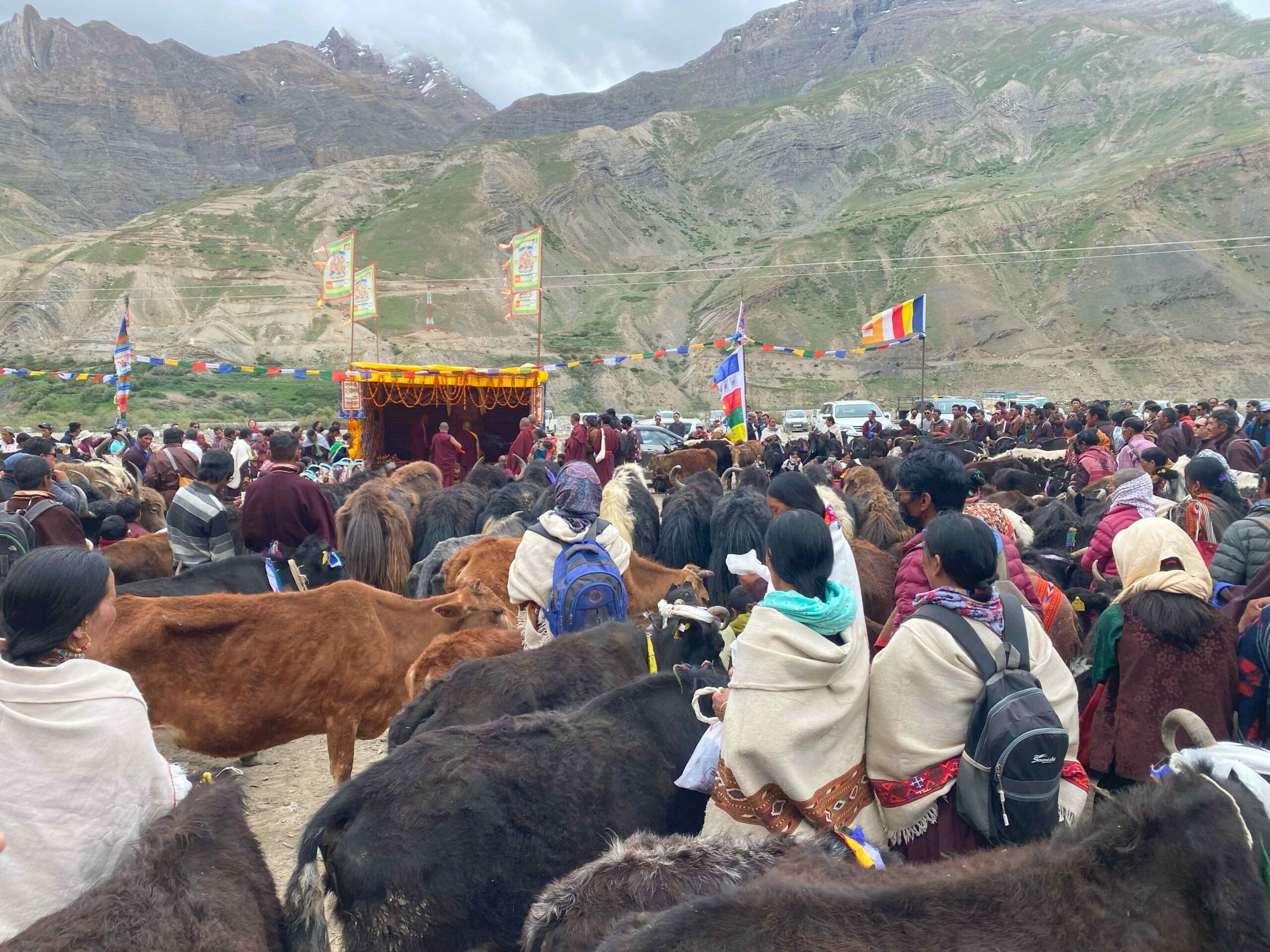

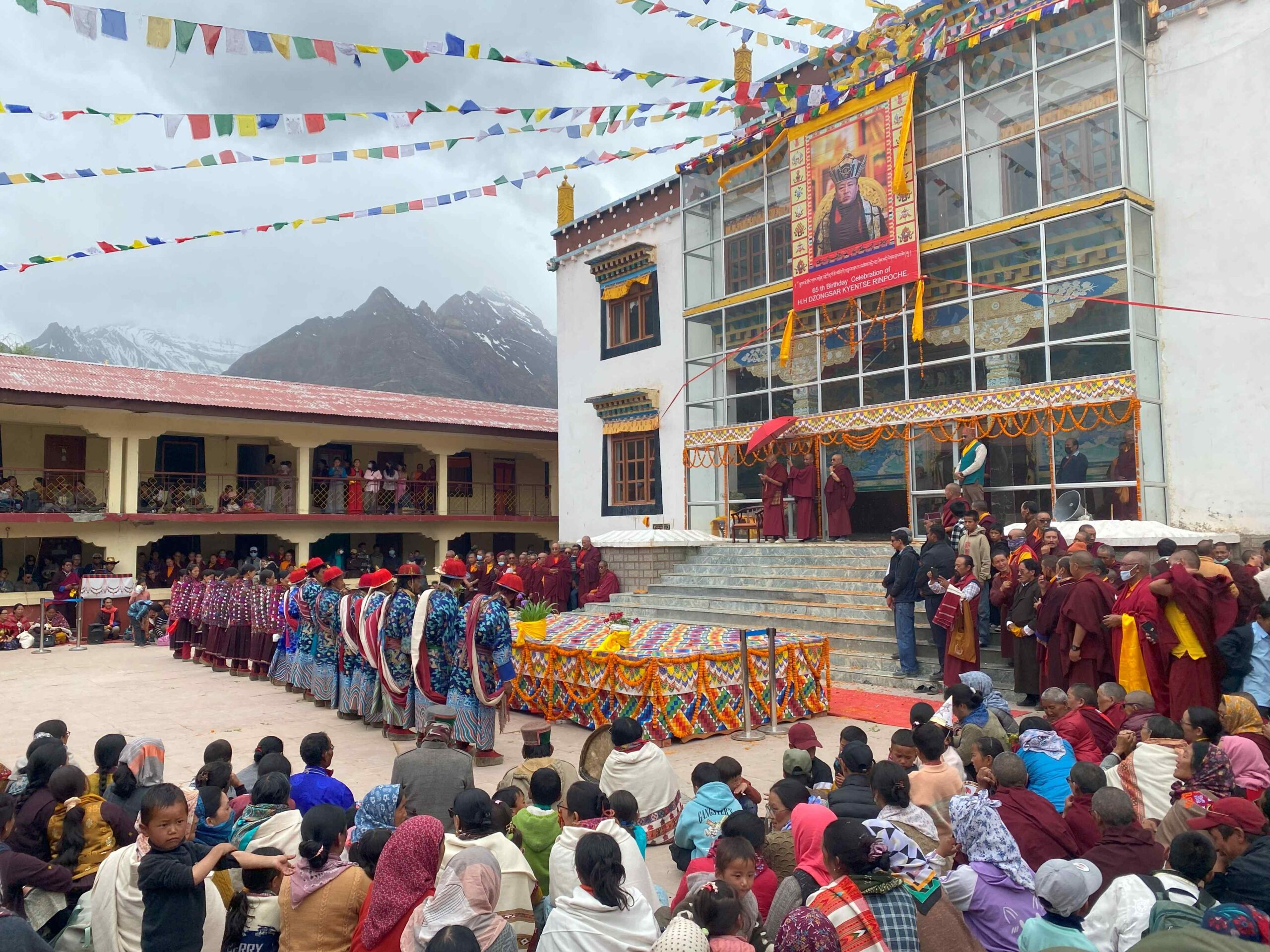


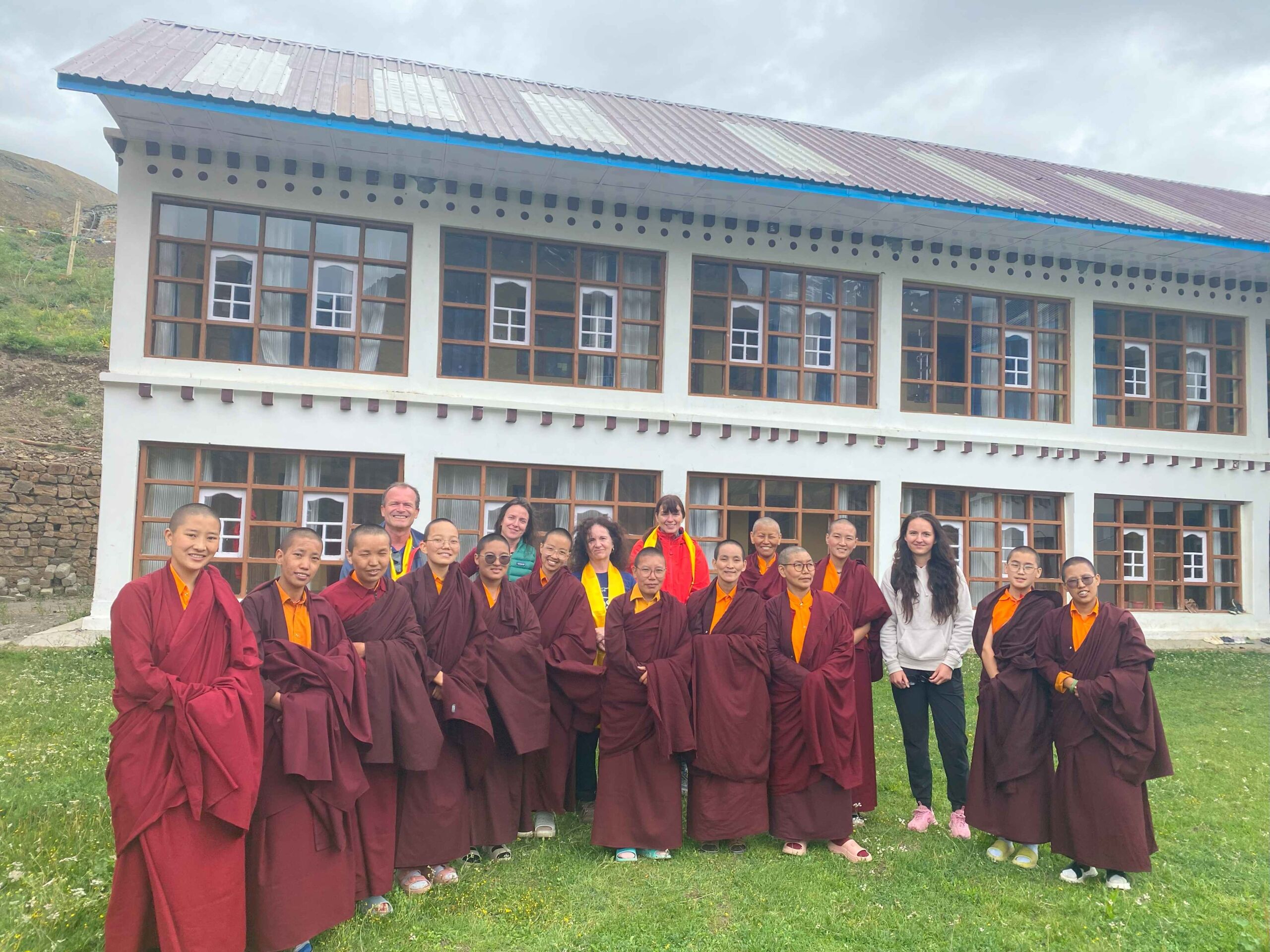
The morning puja outside the monastery was dedicated to creating favorable circumstances for construction work related to the construction of the stupa to appease the earth spirits – the nagas. According to the Tibetan calendar, it is the year of the snake and construction activities related to the earth should take a back seat for a year (but there is construction everywhere 😀 ??).
Today we are going to the nearby Morang monastery for girls, which we accepted into support last year. The monastery is inhabited by 55 girls. We talk to the local superior Ani (the nun’s aunt 🙂 about their existential background and needs. We promised them help so that the nuns have enough food for the whole year, because they do not have sufficient financial resources.
The monastery is well maintained, they have three greenhouses, a field and two cows. The girls are diligently engaged in studies, debates and training in logic and argumentation.
Two local nuns with decent English explained to us how things work there, how they have no chance of making extra money anywhere, because the local rituals are performed by the monks. We explained to them how we work, what and where we do. We found out whether they would really like the concept of adoption, whether they were willing to write letters and whether we could take pictures of the girls for the project.


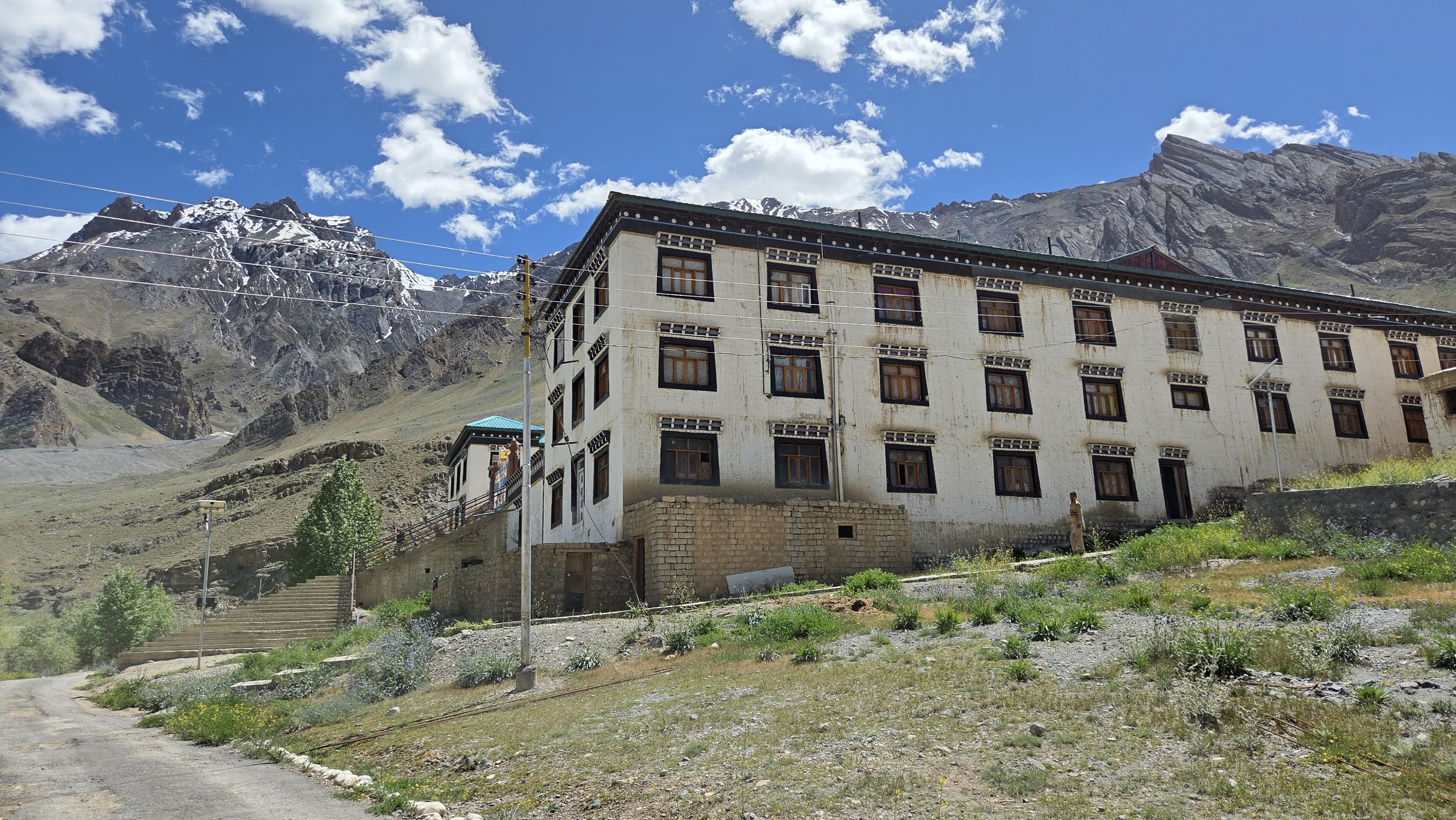
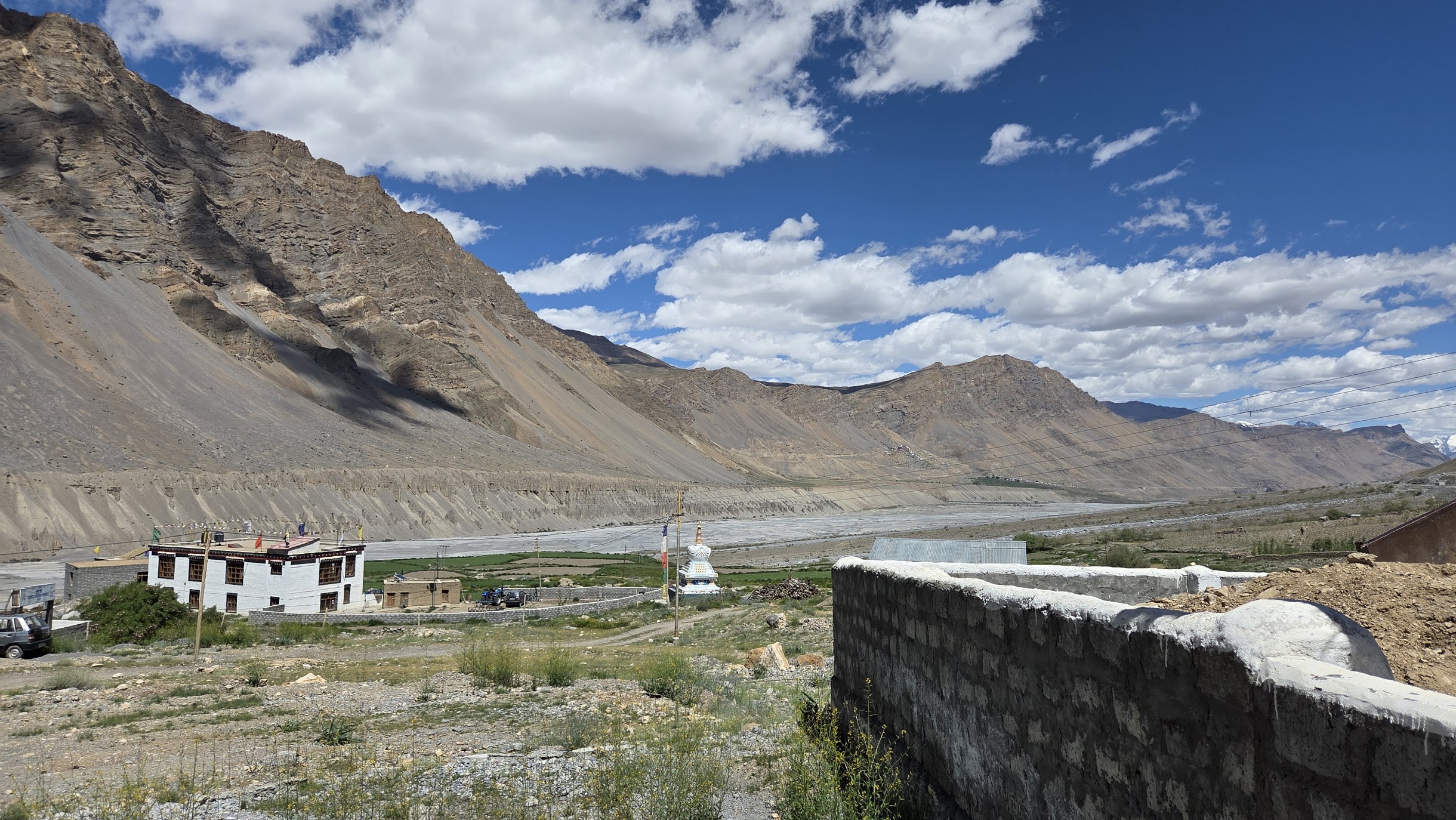


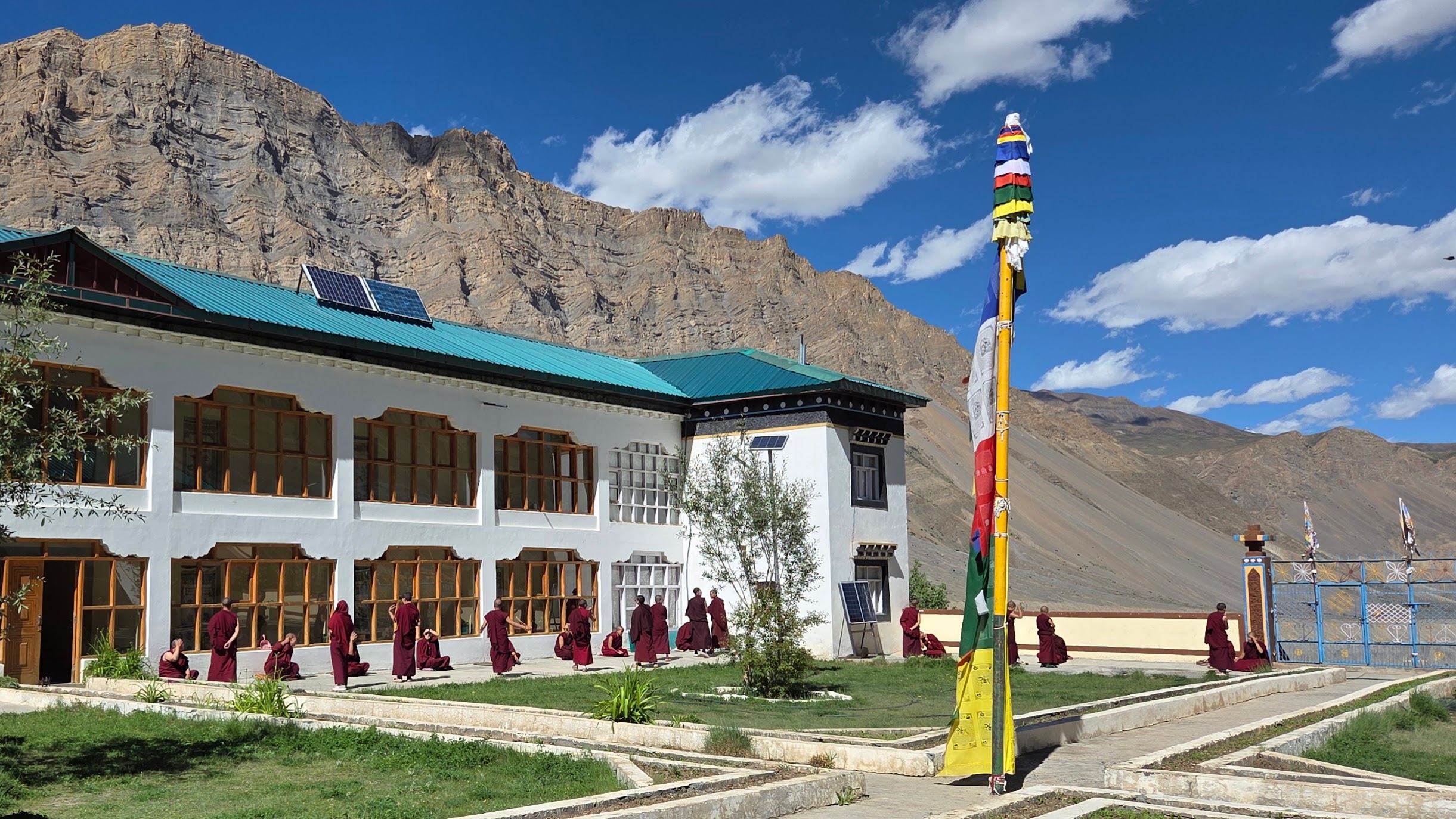
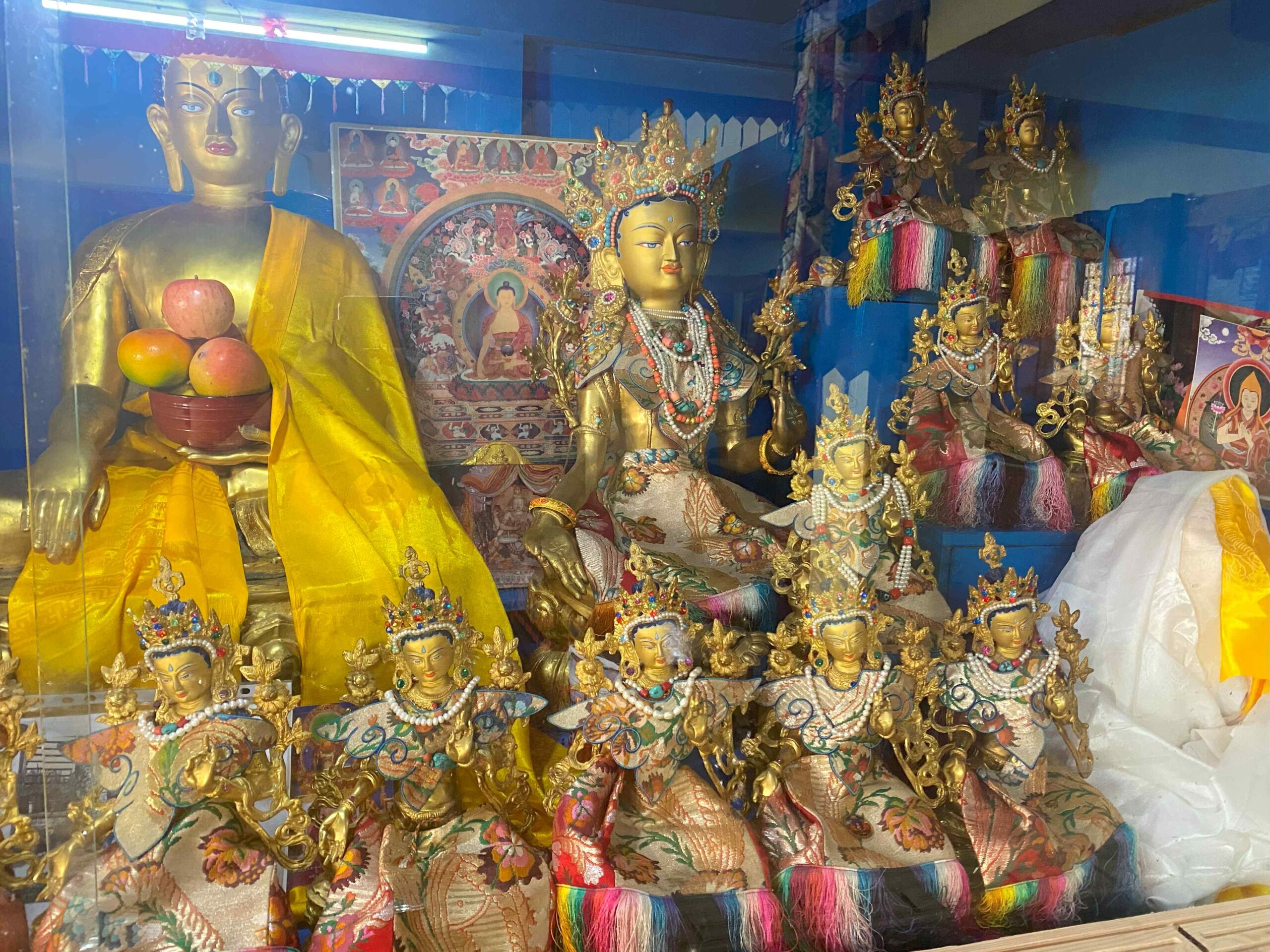
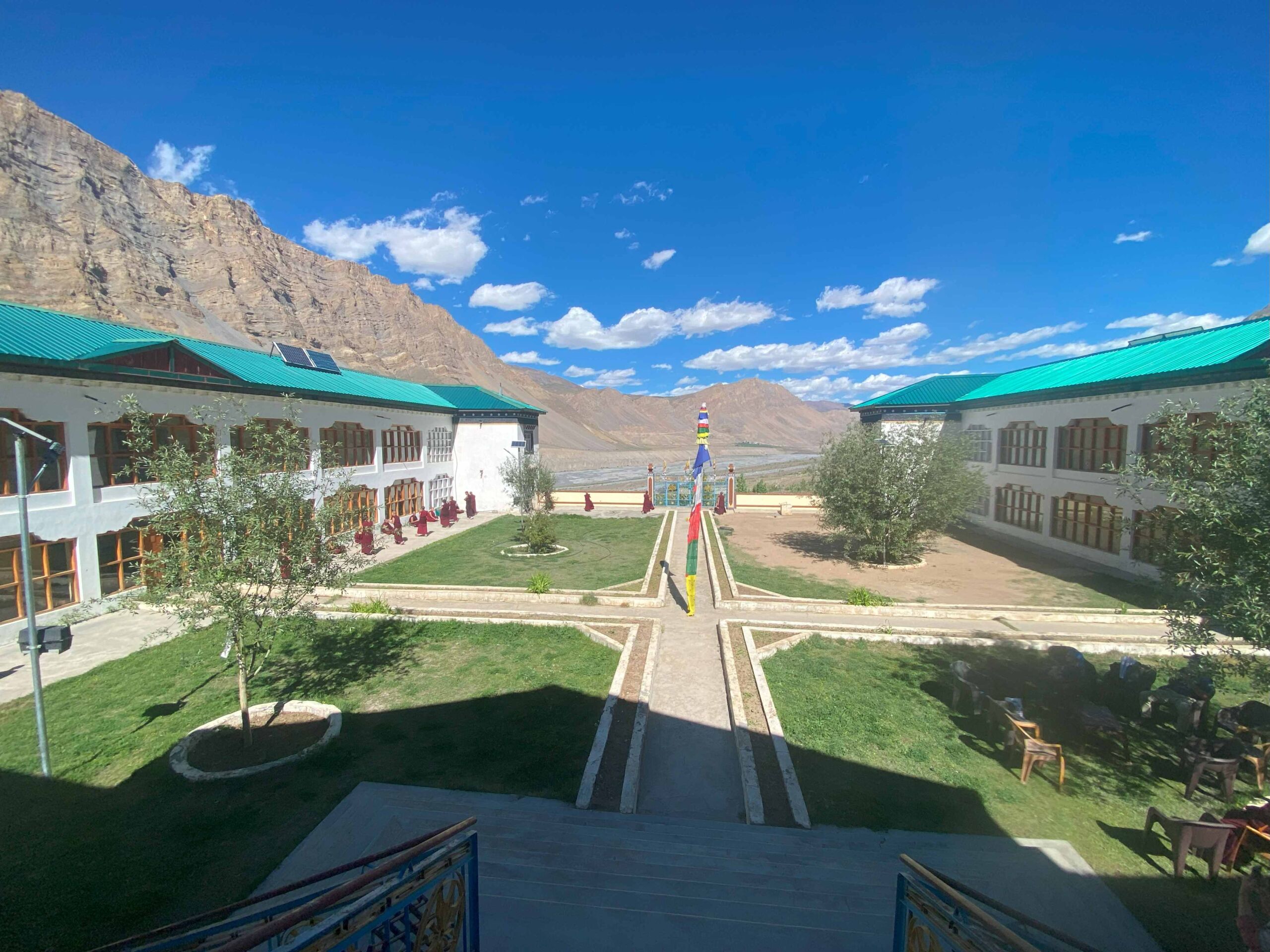

We have a fairly brisk work pace, we don’t waste time and we go to Kaza right in the morning to meet the local little monks from the group of 115, of which there are about 25. We met their follow-up classes and years in Manali. We are waiting for a tour of their hostel, which has taken on a dignified appearance over the years. It is built on a rock, the inside is made of wood and the rock extends into the architecture of the building.
After more than an hour of clarifying financial transfers and their distribution, during which the donors were shown the hostel and its surroundings by the monks, we set off for the upper komic, the highest monastery accessible by motor road. We were lucky, the local senior monks were pouring the Hevajra mandala and we received a brief explanation of the meaning and the Vajrayana. This monastery is used for long-term retreats, a newly built high-quality road leads to it, and this brings with it an influx of Indian and Israeli tourists, who sometimes do not respect the uniqueness of the place enough. Here too, we take pictures of two stray monks, and we literally chase some of them around the valley occasionally, because they have their own duties.

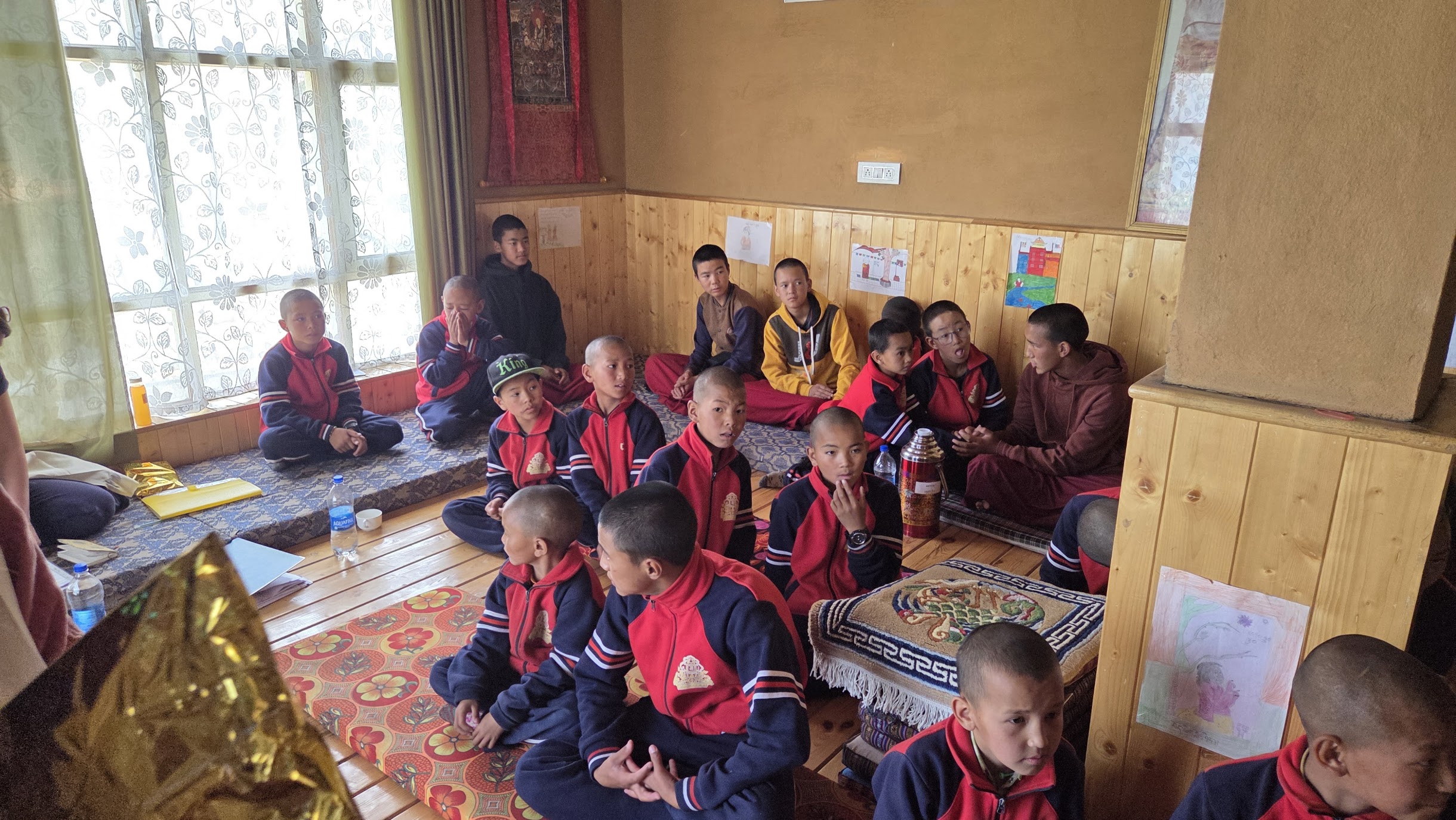

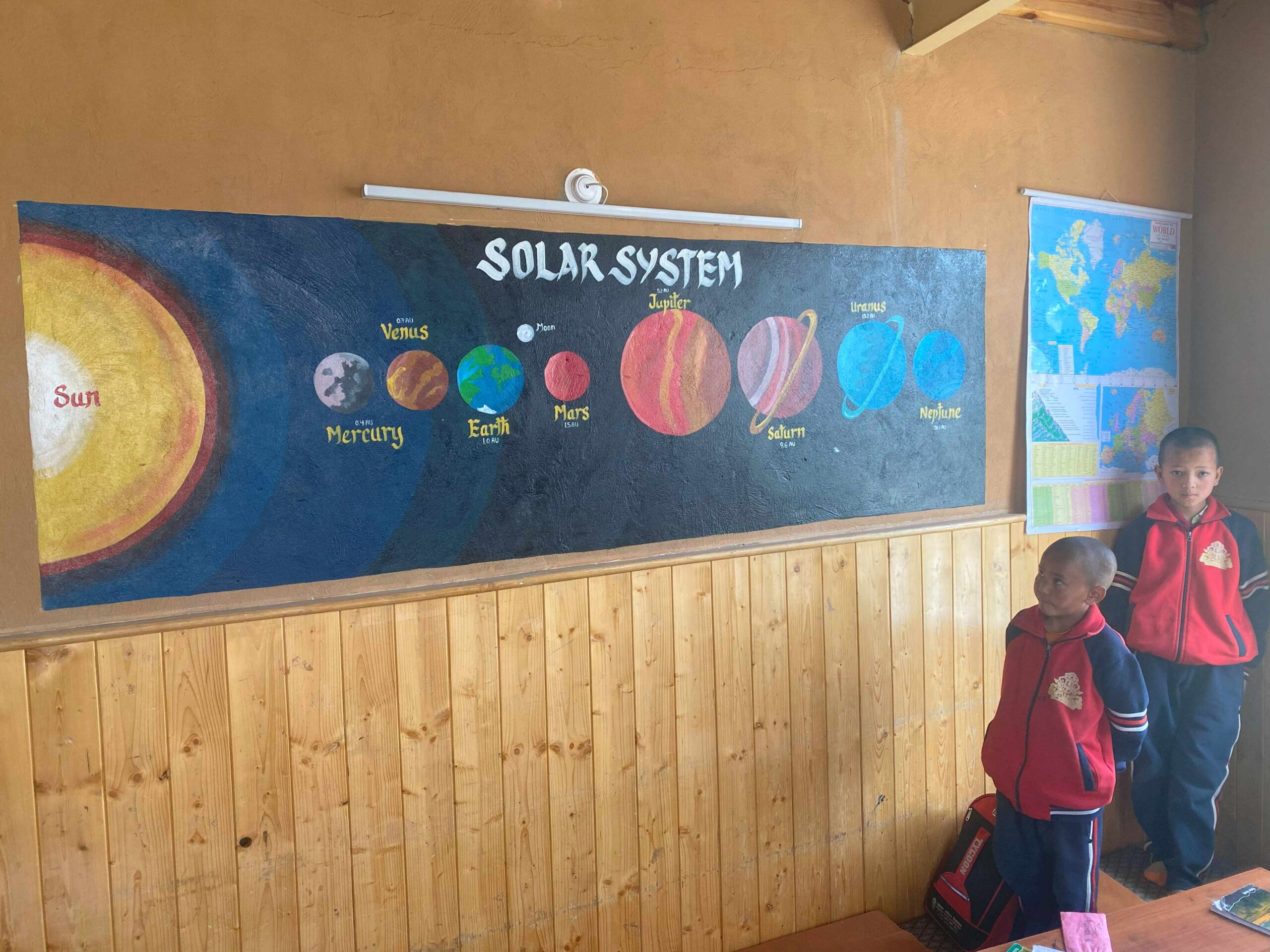















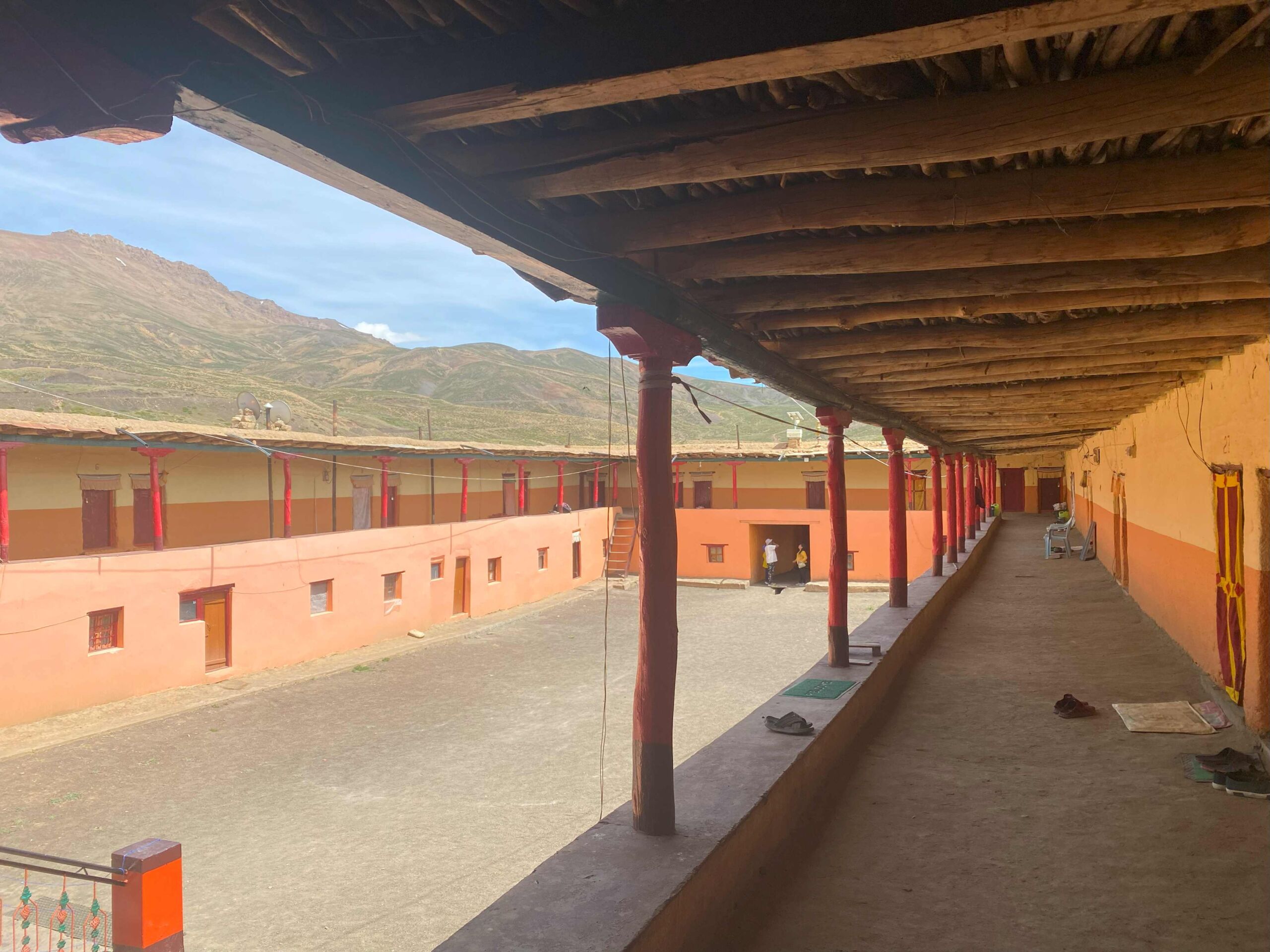

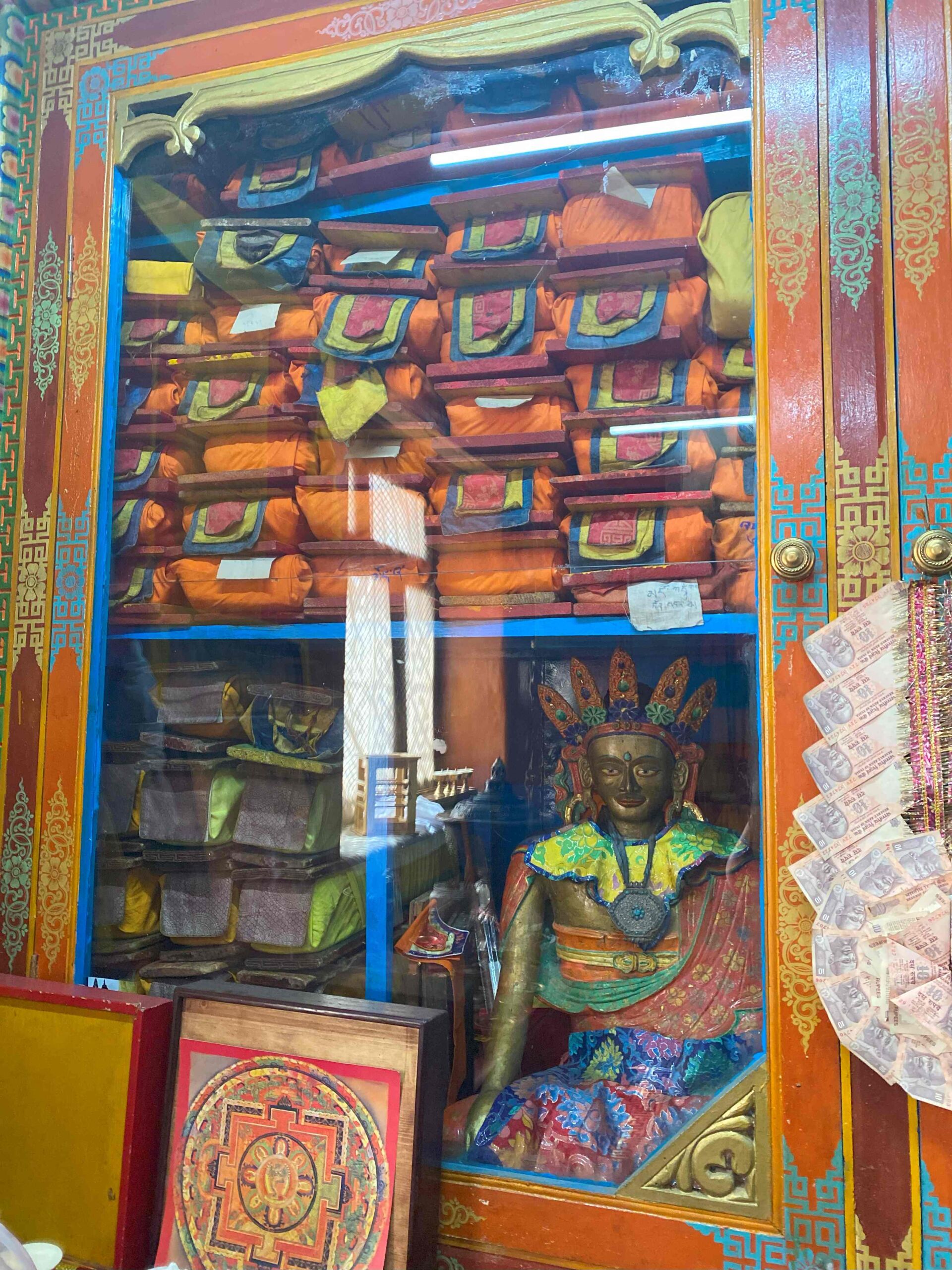

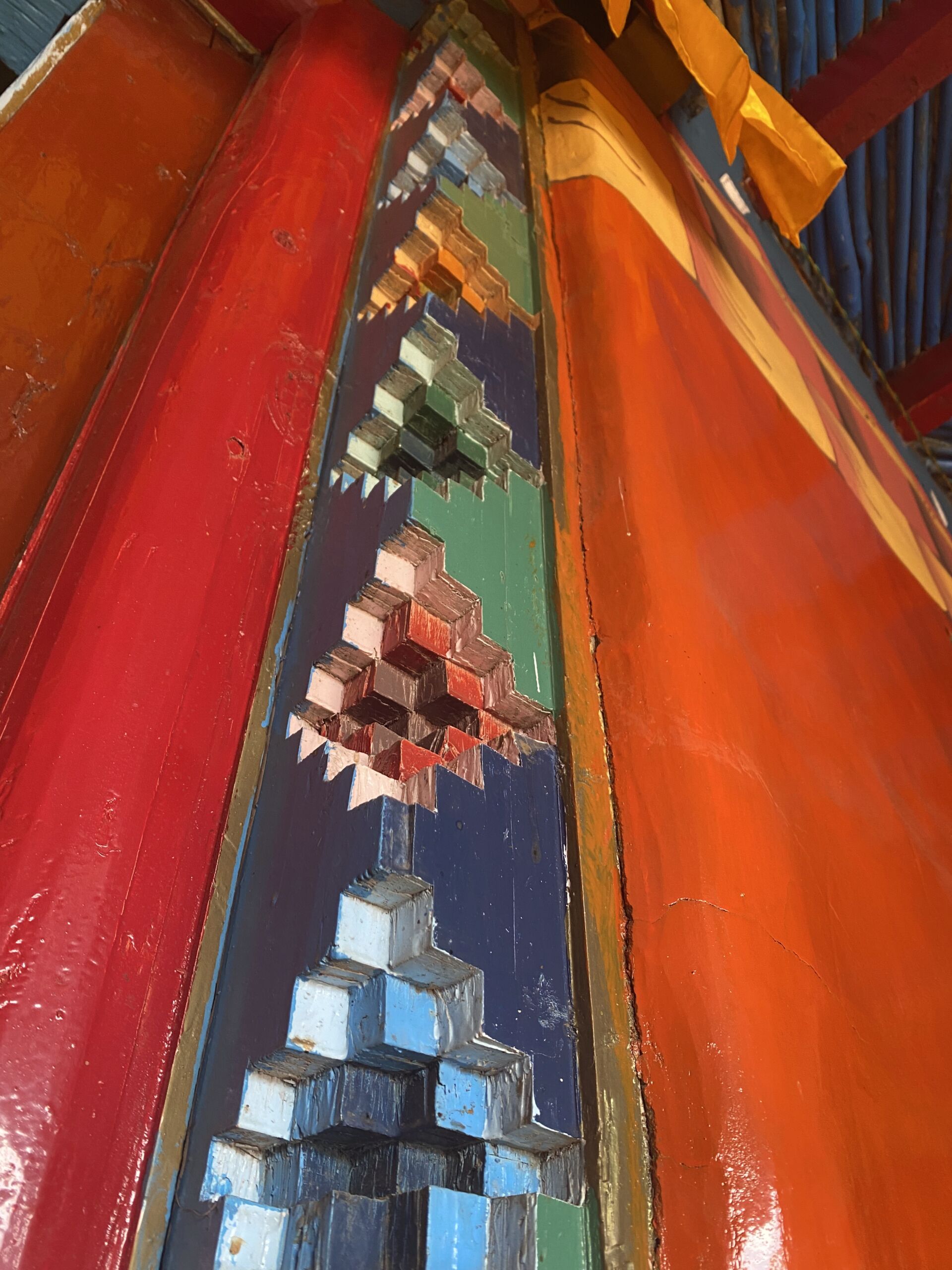
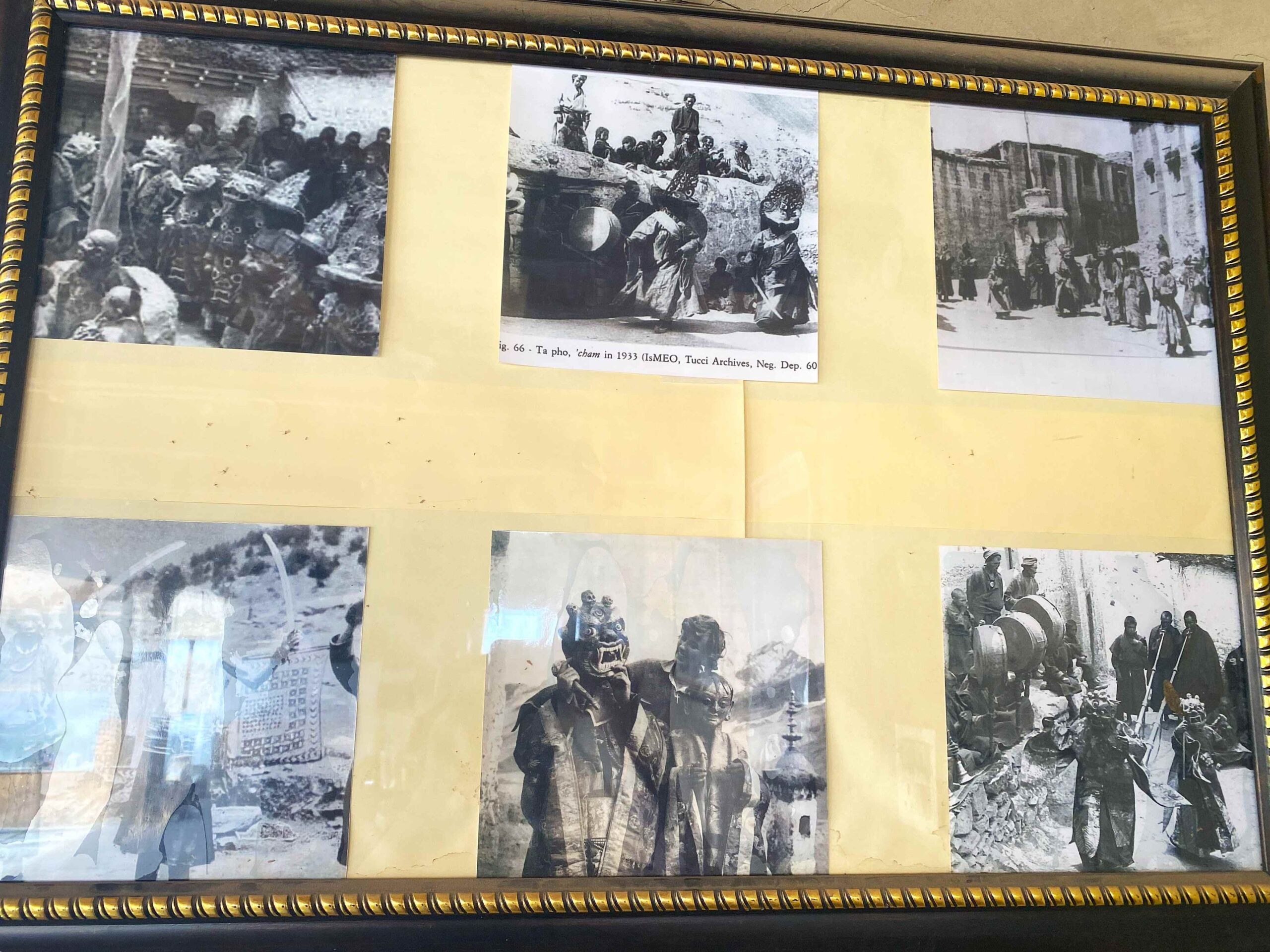
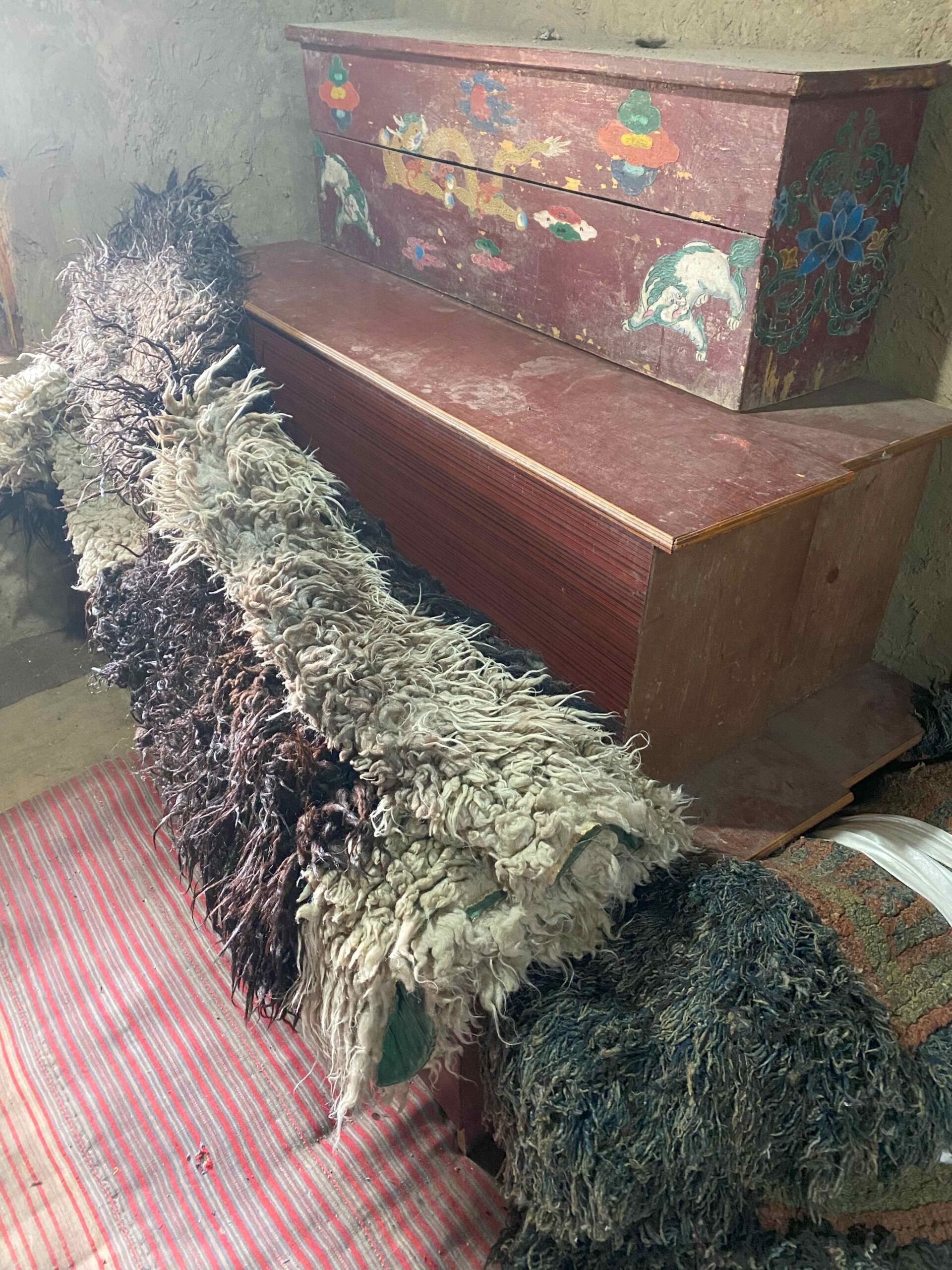


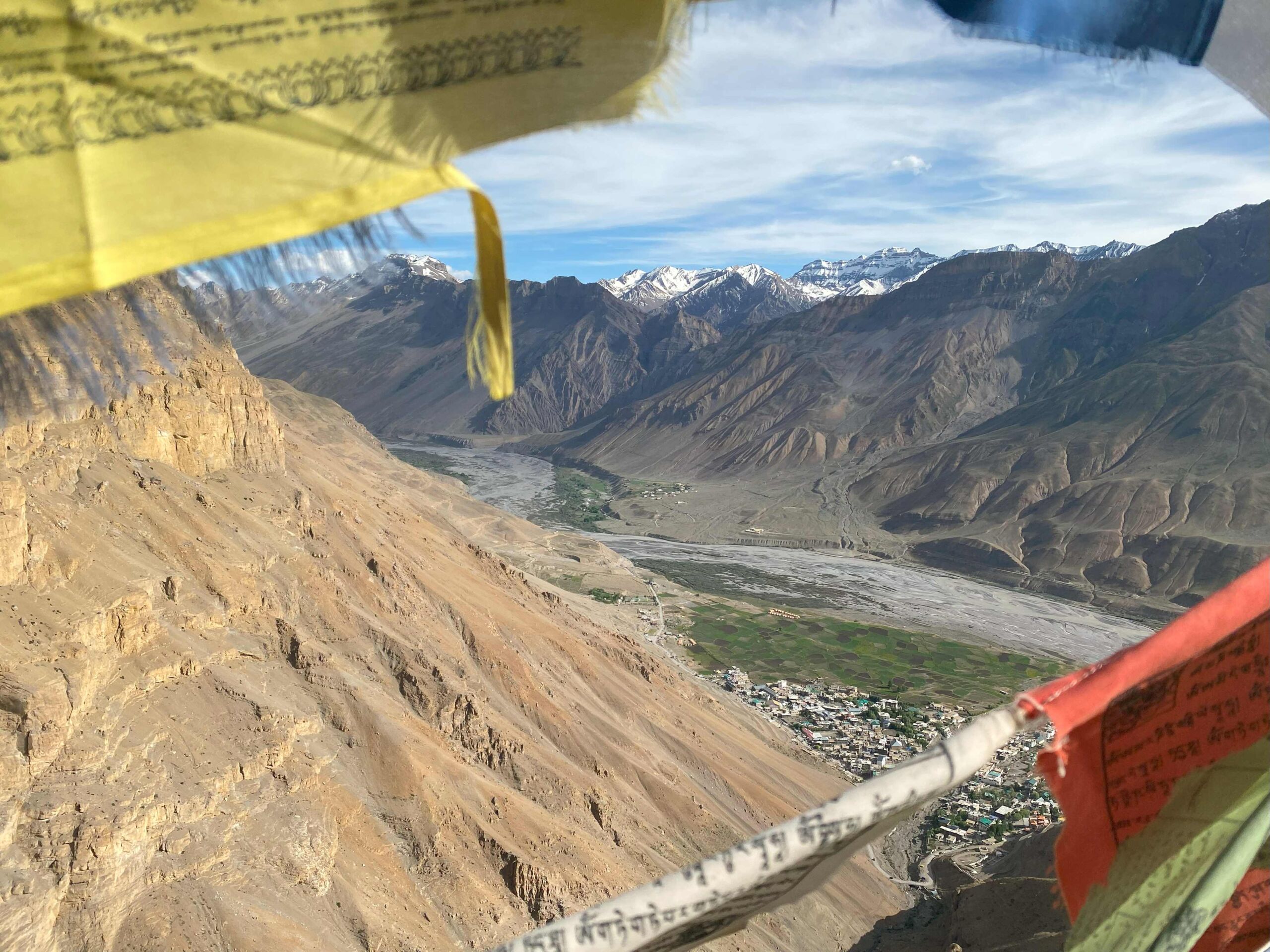




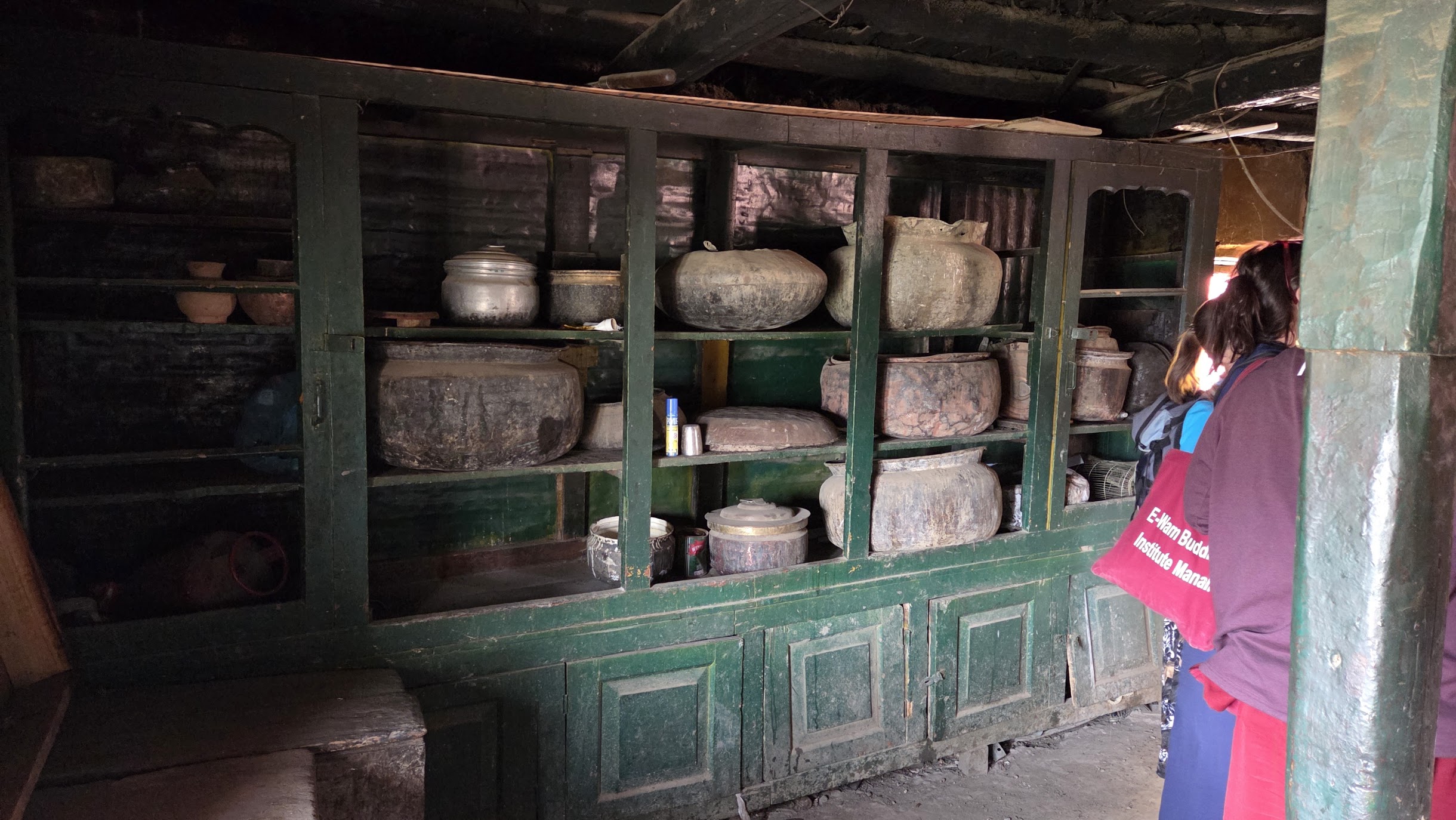

After returning from Komik, we rest from what was and draw strength for what is to come. We still have a visit to the Dankar and Tabo monasteries, other dominants of lower Spiti, which require a two-hour journey. We do not support anyone there, but these are unique and beautiful places and are worth seeing.
In the evening, the monks from Ki will take us away and we will stay with them. We do not want to leave the nuns. One can easily open one’s heart to them, because they are welcoming and very friendly, we really feel at home with them. We know that we still have a lot of experiences ahead of us and we must apply non-attachment. Finally, we take pictures of the girls for the donors, pack up and drink afternoon mint tea with a beautiful view of the valley with the late afternoon golden sun.

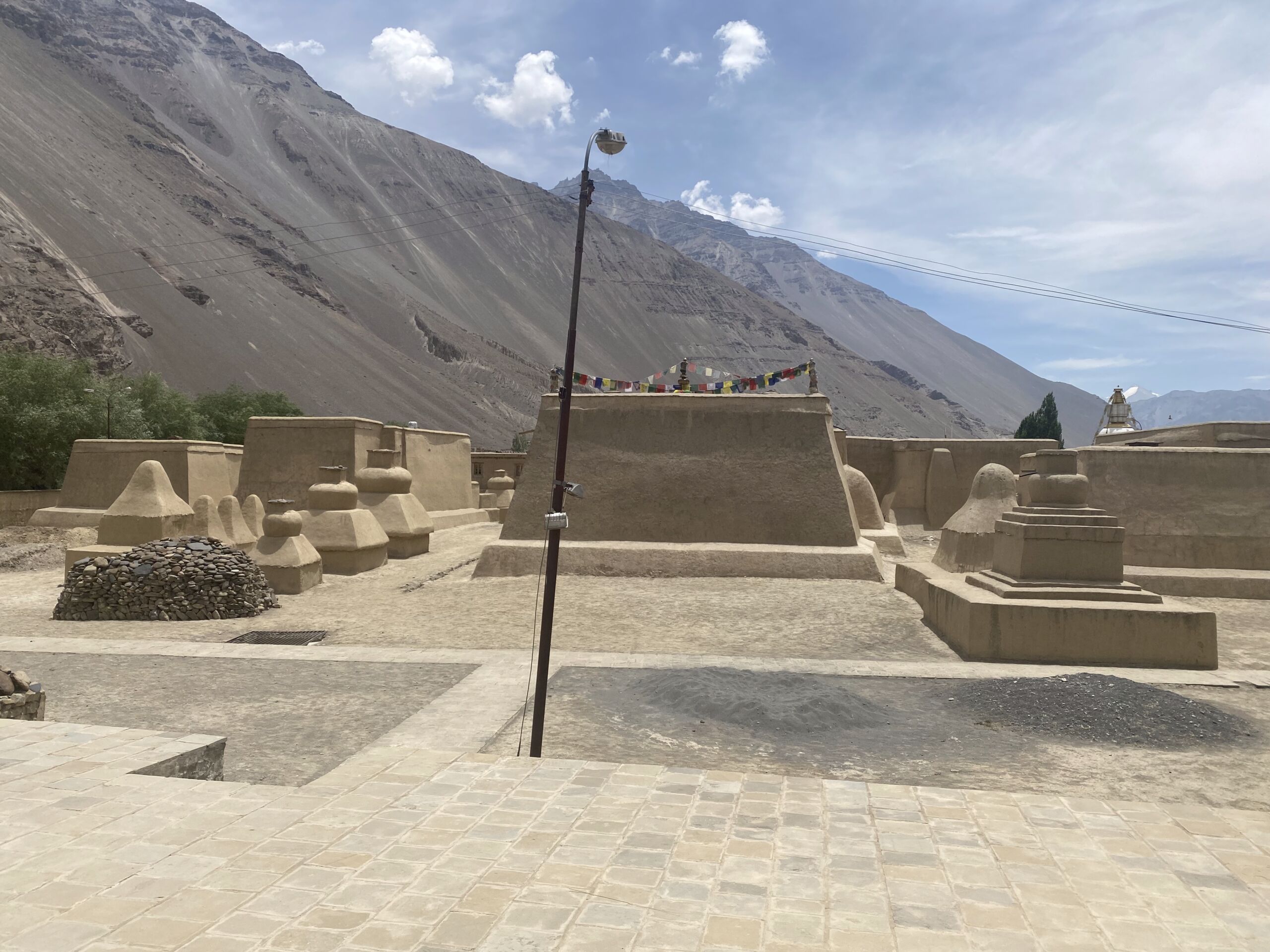


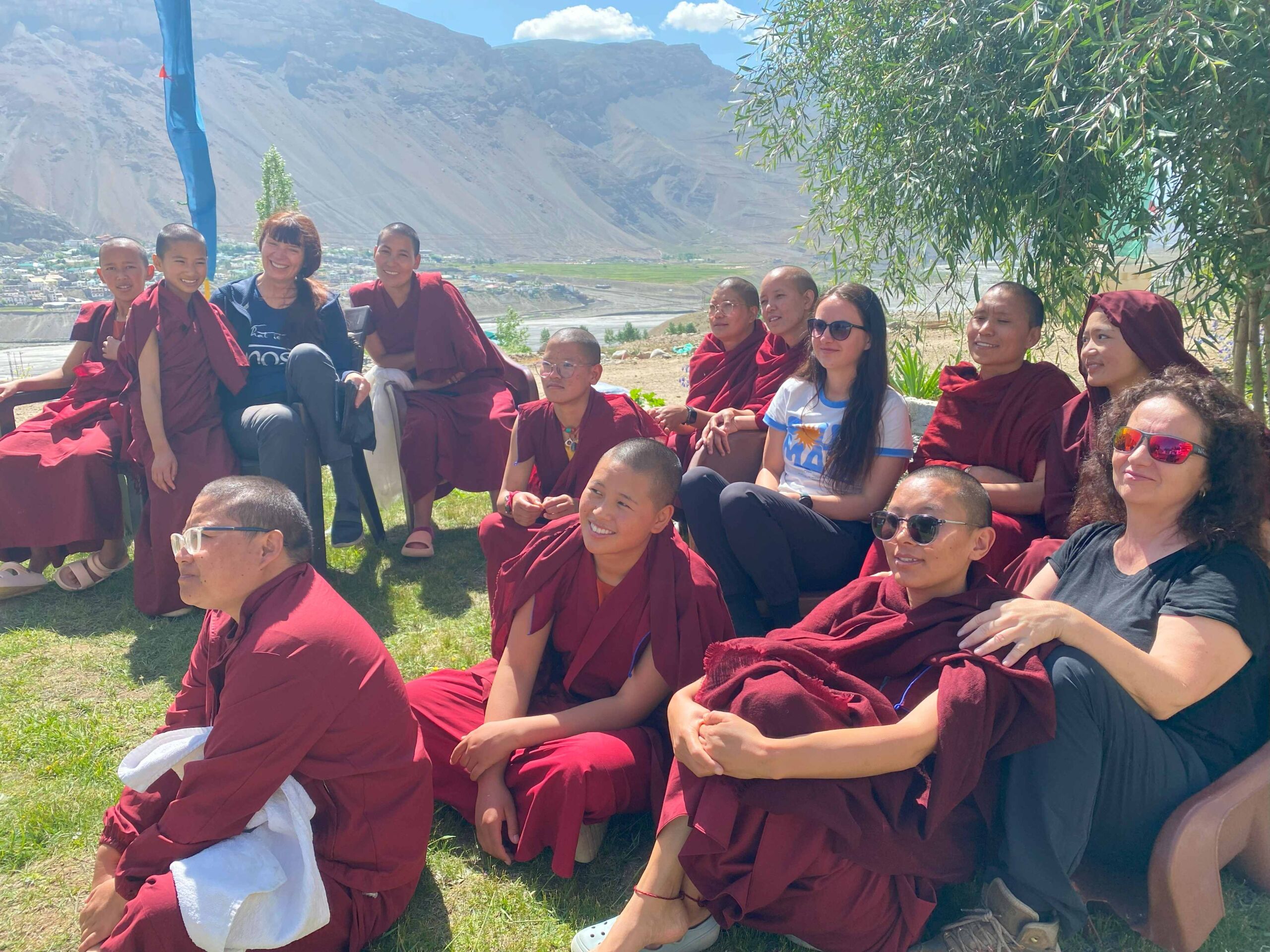

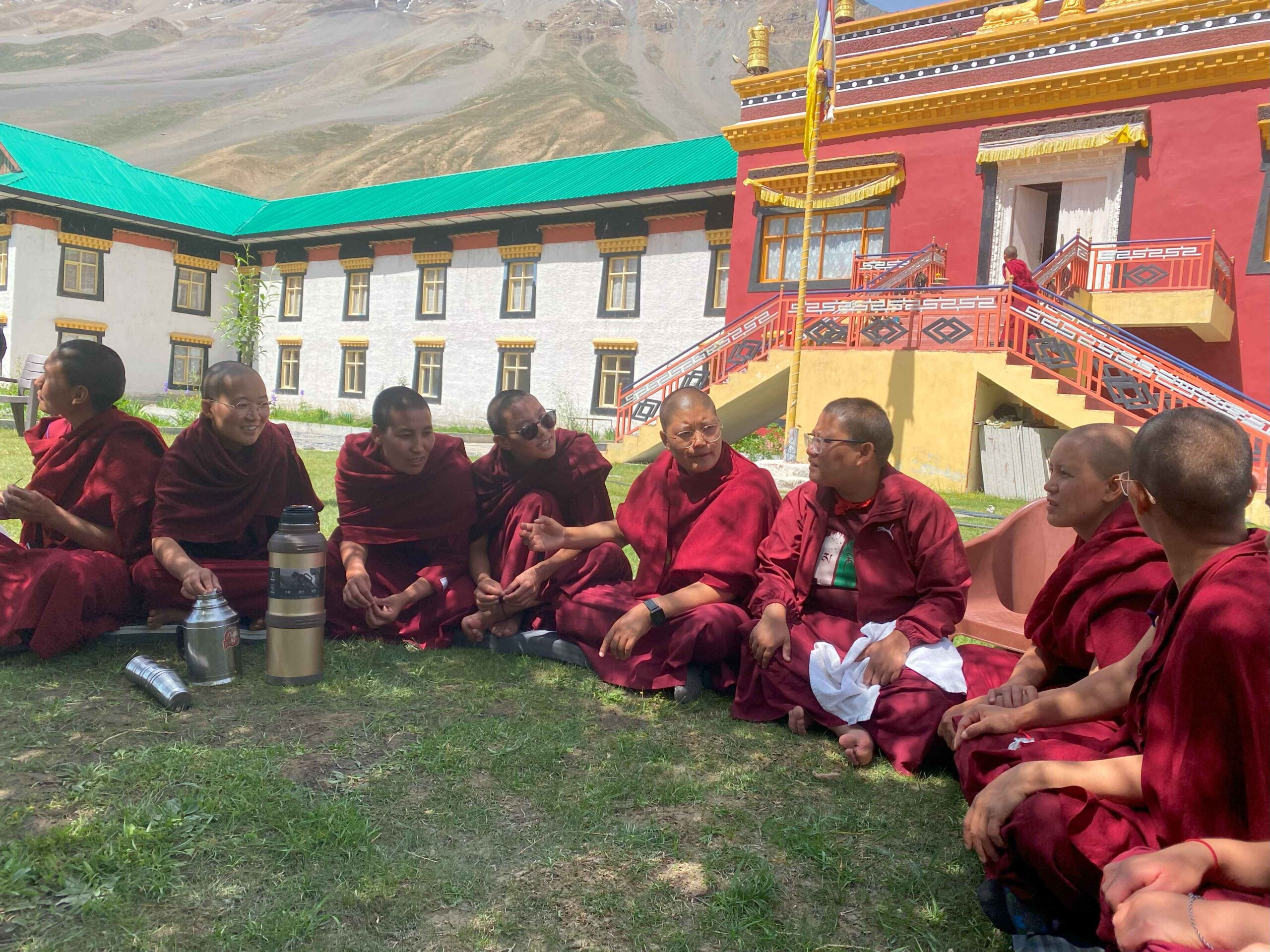

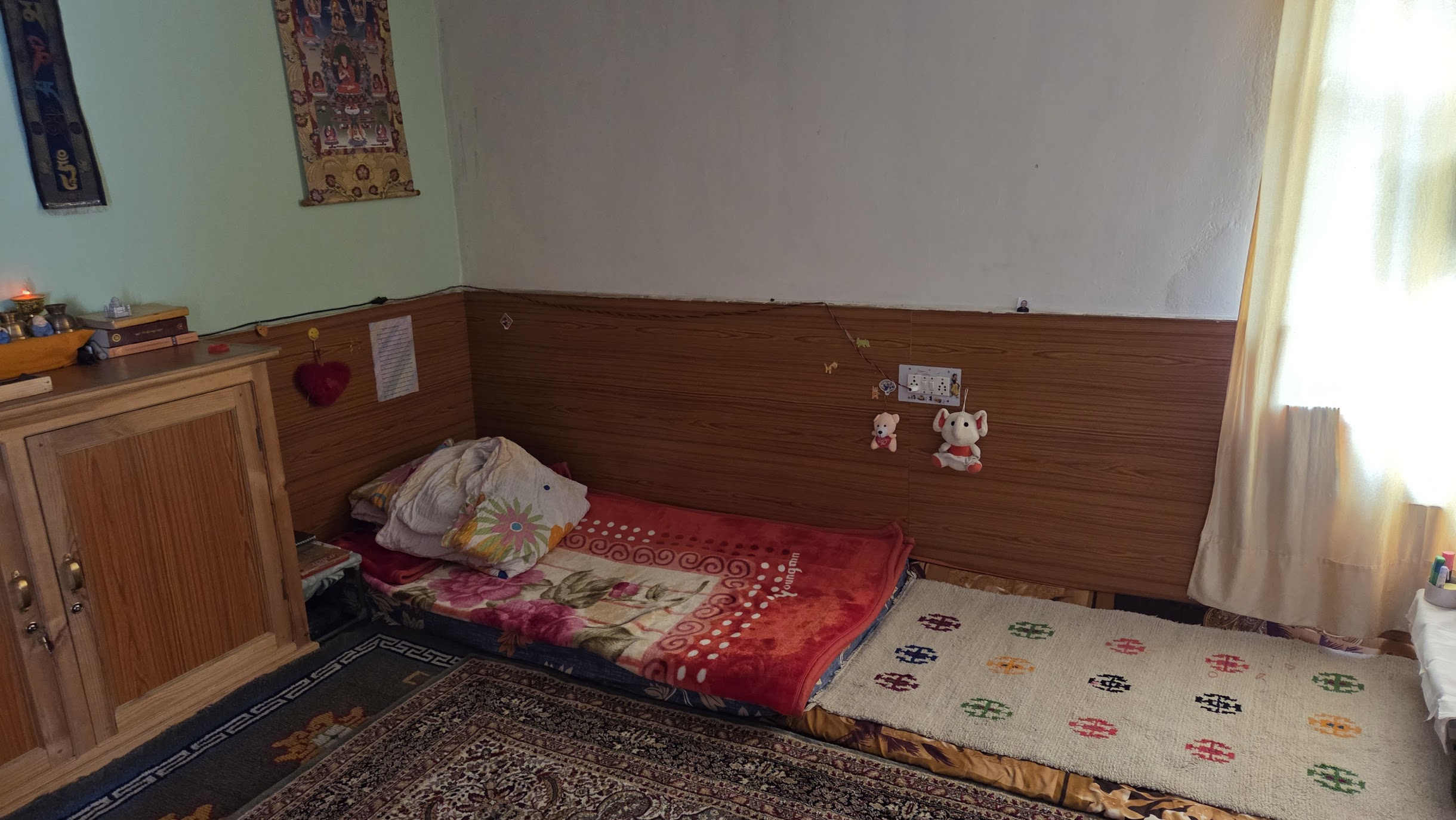

We woke up to a phenomenal view of the mountains and their poetry with clouds. We had a modest but good breakfast and started the “adoption photo shoot of monks”. We huddled under the shade of an umbrella and took pictures of 90 kind faces of those who walk the path of prayers and non-attachment. We did it much faster than in previous years, because the photos were immediately downloaded to our mobile phones with captions. The sun was scorching, as if the Himalayas wanted us to take the high-altitude legacy of that expedition with us on our skin.
And since we still had time and the opportunity today, we went on a tour of the ancient monastery that stood in the dust and wind long before we were born. We lit butter lamps with wishes for good for all beings, and drank herbal tea. It is a place where even the last inner chaos in the head becomes silent, because the stone walls remember another time, and the air between them smells of incense, mysticism and butter. And so we walked, looked and sometimes remained silent – because some days in the Himalayas do not need big words, they are enough to take them with us in our hearts. With a burnt nose and forehead and a light feeling that everything is pure as it is, without our judgment, fears and endless reasoning.
For the purposes of debates and study, the monks have new coconut mattresses for sitting all the way from South India, on which they sit when they argue their understanding of the sutras with each other. They call them soft mattresses, we call them hard. Funny how everything is relative. They are probably softer than stone 🙂 In the new hostel, the boys have new rooms with carpets, beds and mattresses, they are modest and cozy, but they are at the very bottom – like the last building to be built.
Some donors had the opportunity to meet their supported monks in person today. It was very moving and joyful, the kind of meeting that makes even the Himalayas a little softer, because kindness is everywhere, you just have to look around.
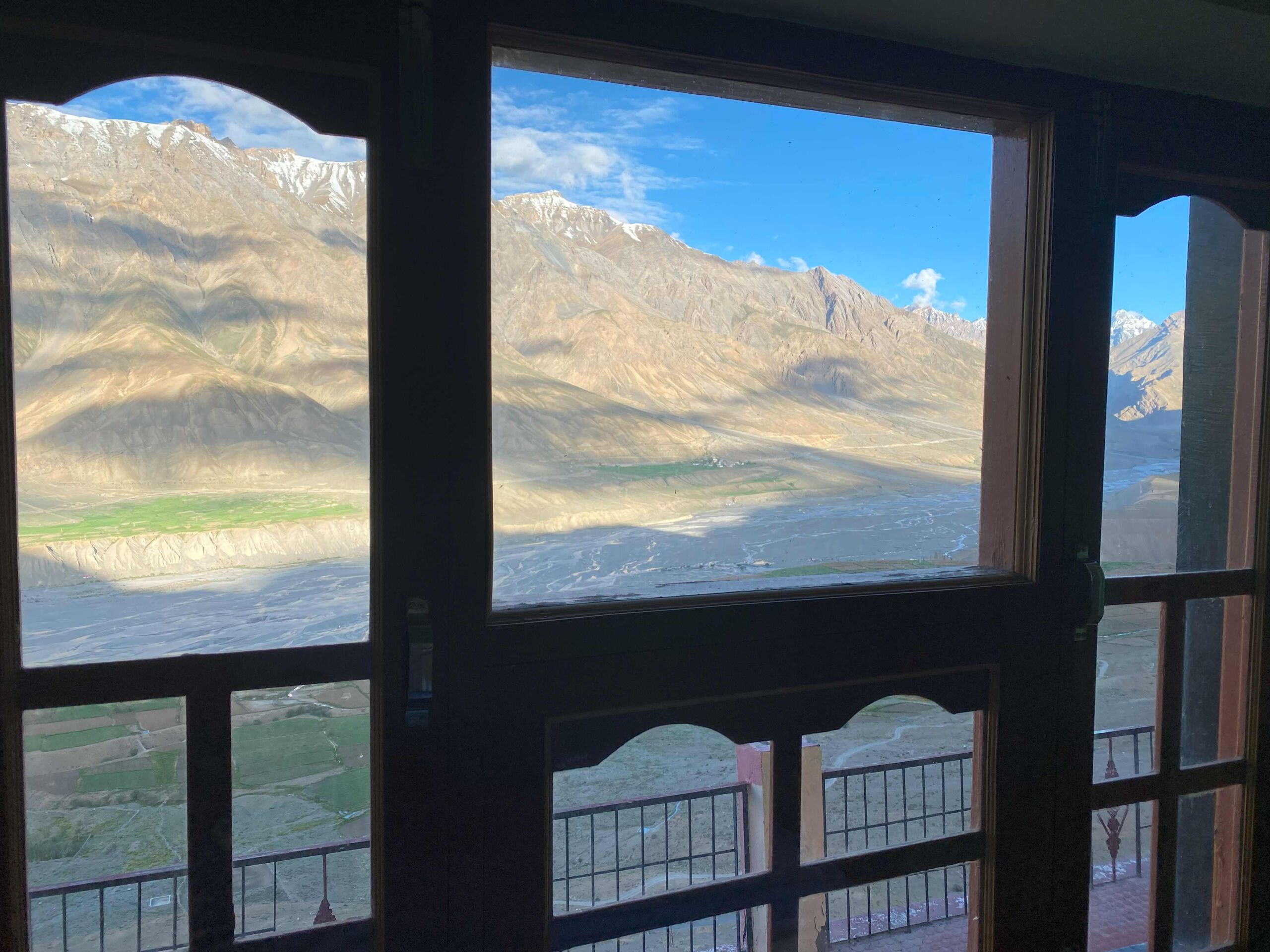

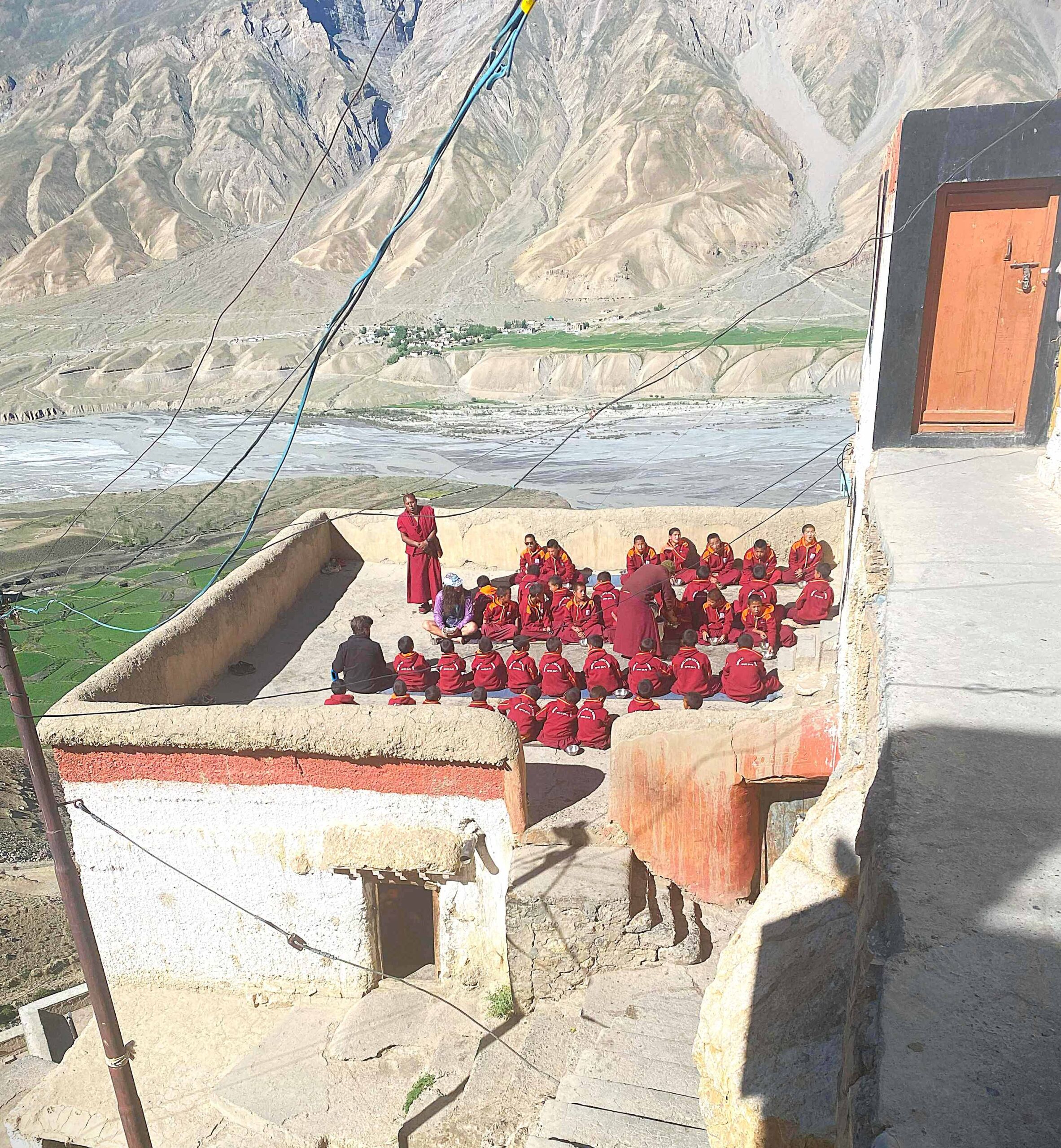

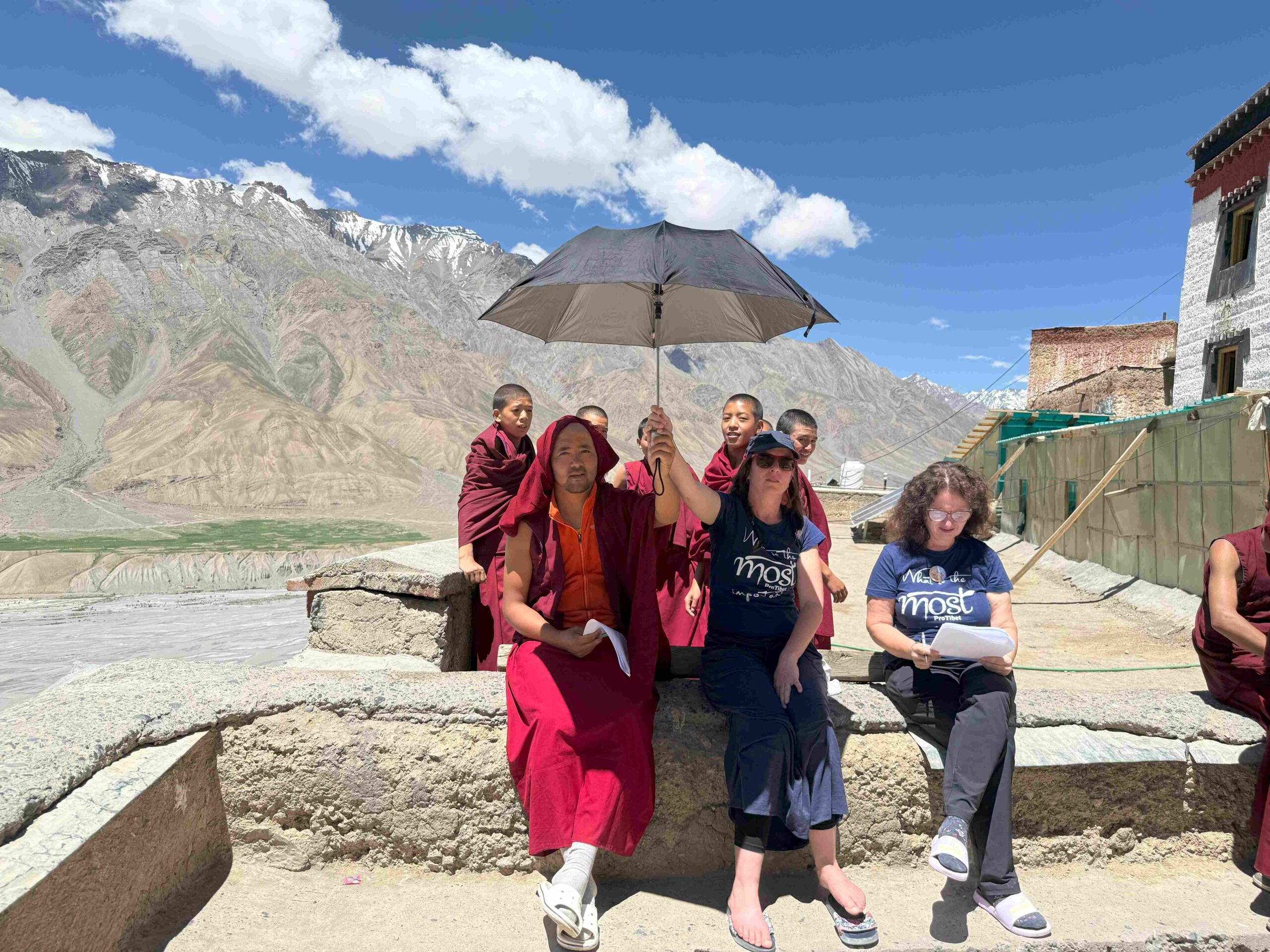




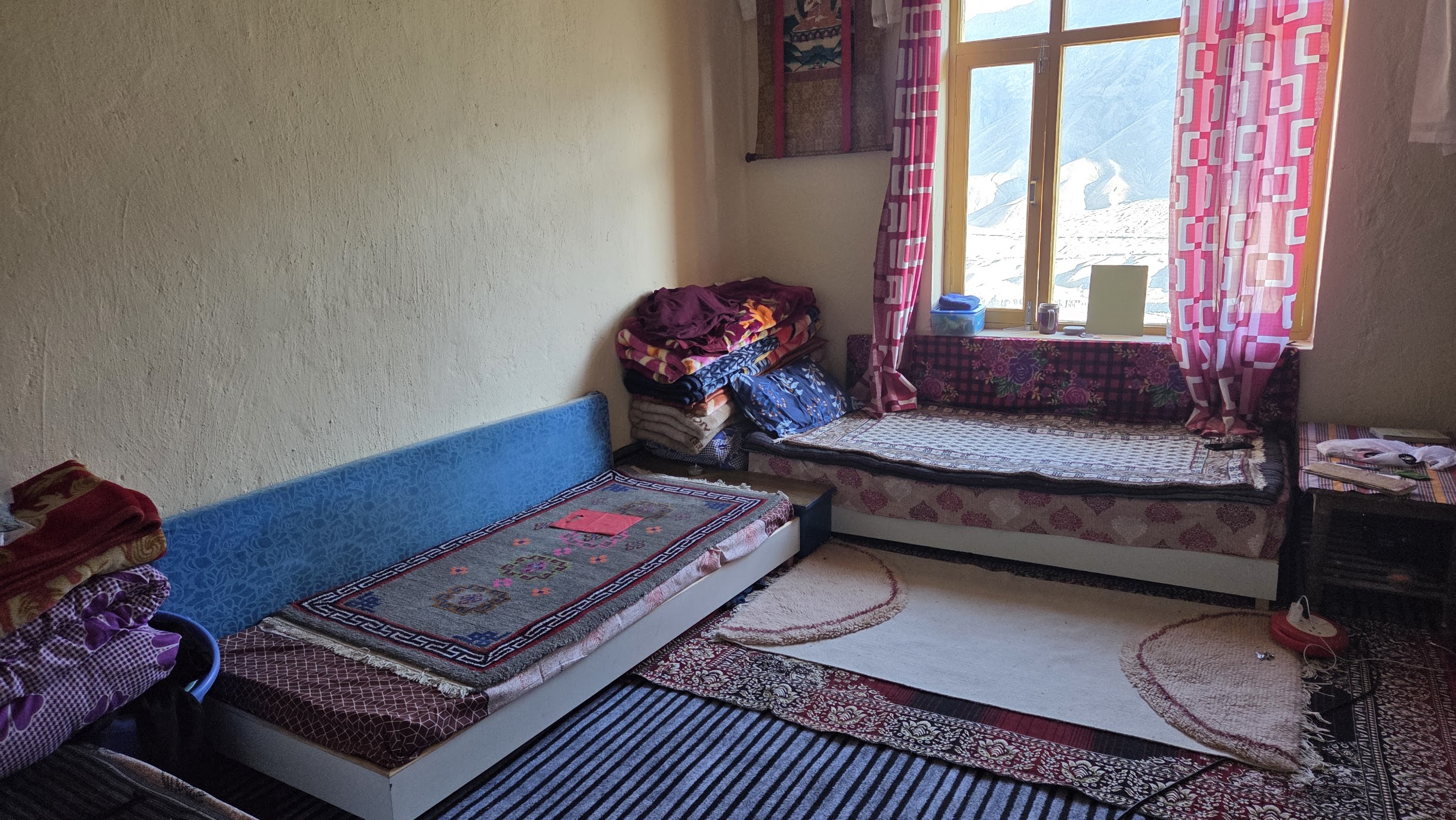
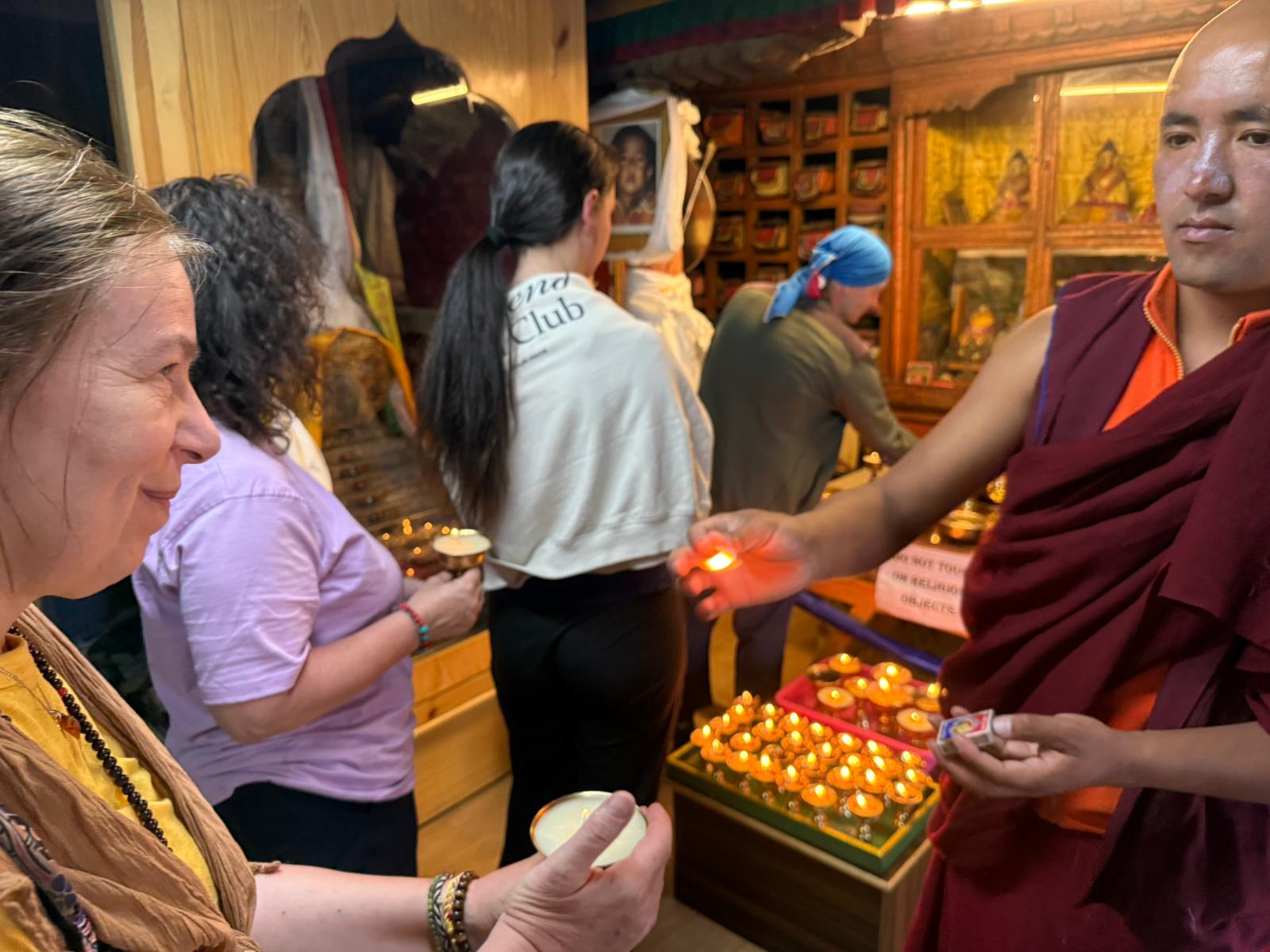
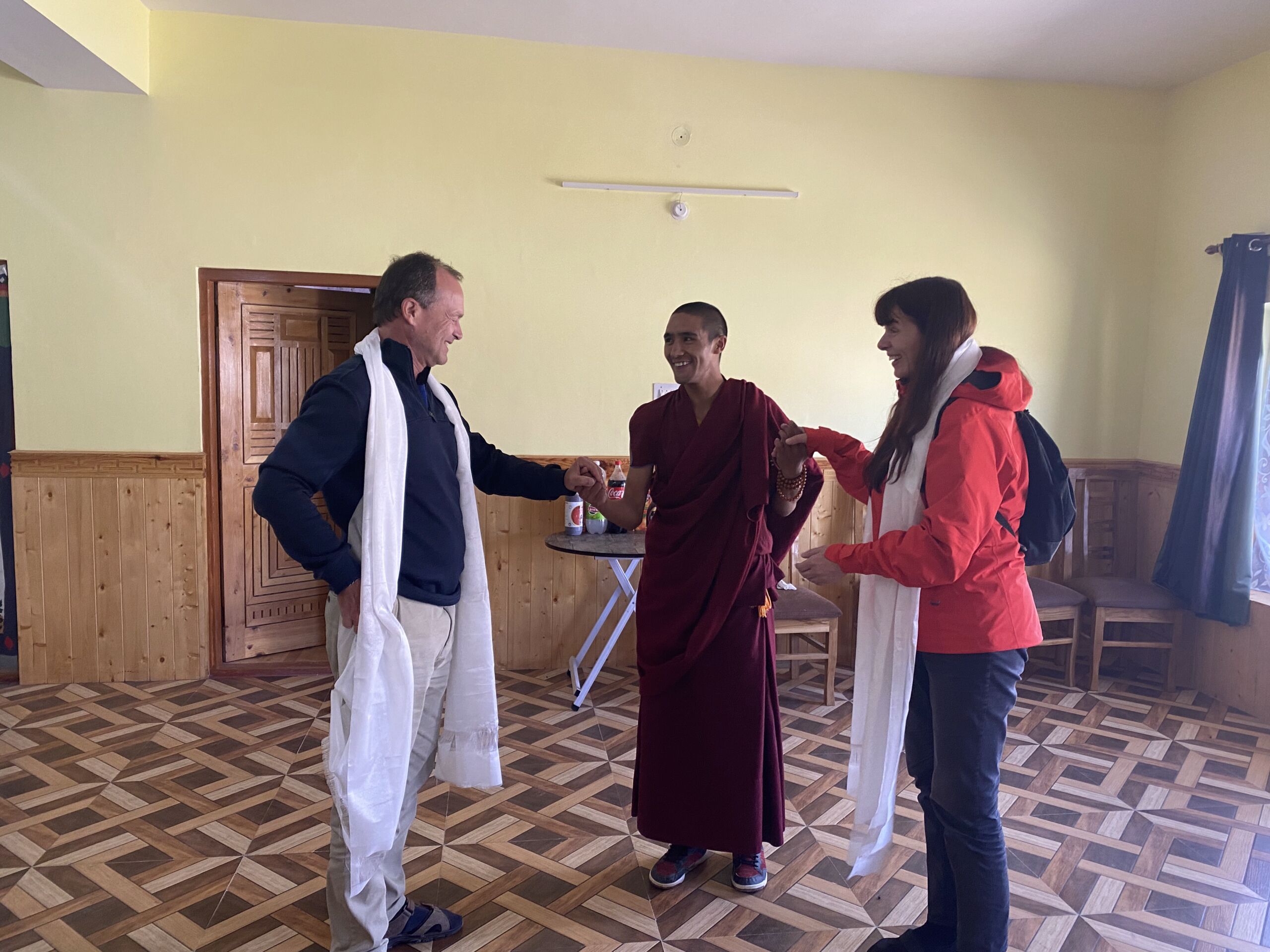


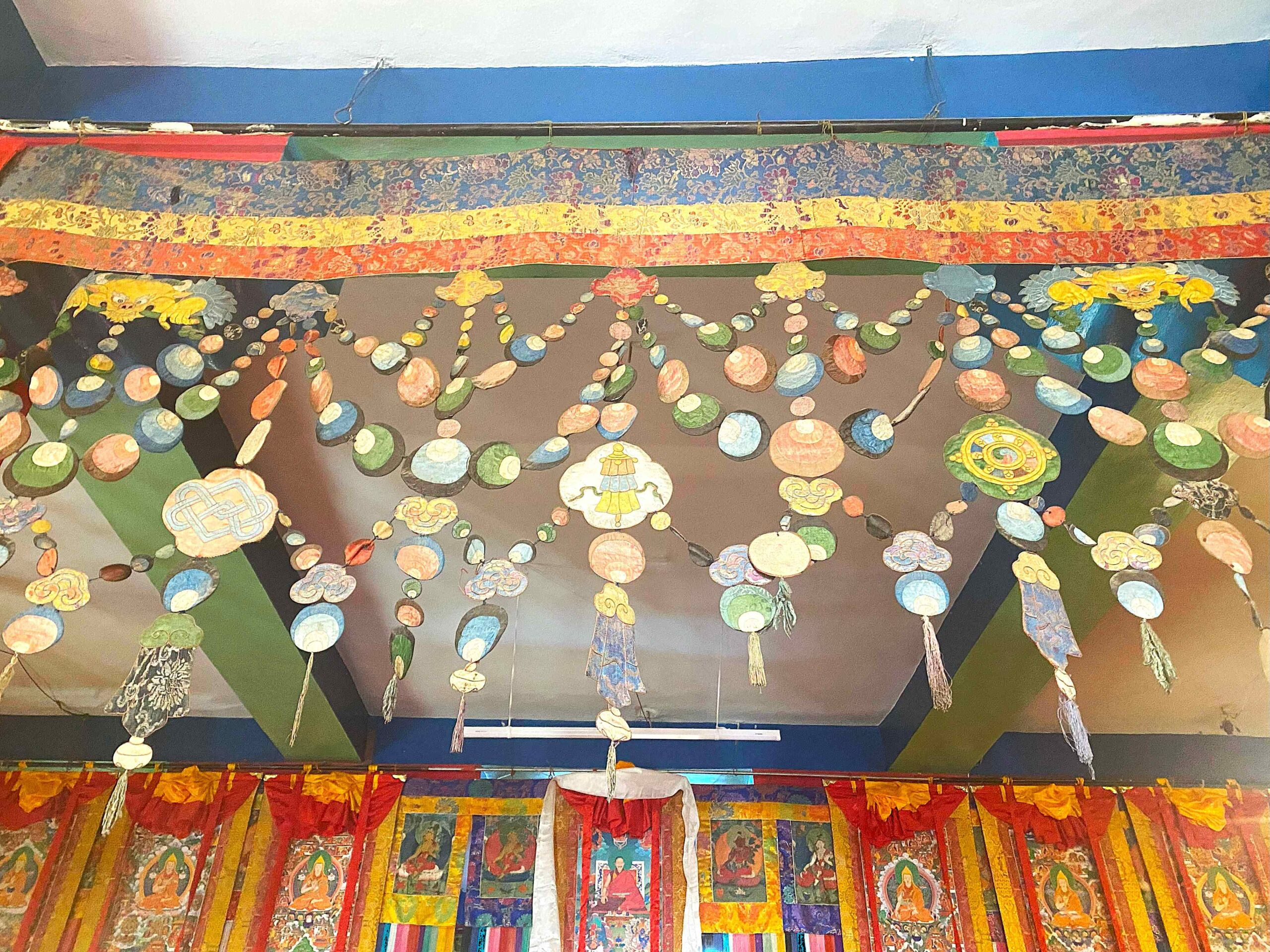

In the morning we packed incense, flags and tsampa for a picnic because we have the honor of joining the monks as they pray on the peaks of the Himalayas. Today we will do a smoke ceremony on the hill above the monastery for the good of all donors and beings. Up there, the sun was shining, the wind was blowing, and we were connecting the described sections of the flags. There are already a lot of them there and they belong to you. We lit juniper branches and dried bay leaves, and poured tsampa into them. The smoke rose wildly into our faces and the wind carried away our prayers. The women from the local village came and brought yogurt with tsampa with butter and sugar, a great treat! Thank you, we all throw a handful of tsampa into the air at once to honor the local protectors and spirits: “Ki, Ki, Tso, Tso, Gya Lhalooo!”
Traditionally, we go with the monks for a picnic on the plateau, where the little boys always take off their robes and take their cricket and football equipment and run around like crazy. This time, however, we went to the river, because it was really cold and windy up there last year. Norbu dropped us off and we understood that this midday heat would finish us off. That we probably wouldn’t last three hours there and if we did, we’d probably collapse completely. But Norbu disappeared to the hospital with the little boy who had injured his finger.
We laughed that if nothing else, at least we’d have lights when we got home. The water in the river was cool, the raw meat was cooling in a bucket next to it, every cloud was like a blessing in itself. We weren’t even hungry, but we had some rice and dal and the little boys enjoyed the meat. Suddenly the dogs appeared and started to lick the grass from the leftovers from lunch, so they had food taken care of today, that’s good.
We were looking forward to the shade, in our rooms of the monastery we cooled down again quite quickly. The conditions here are really fickle like the weather. We understand more and more how resilient and hardy the local people are.
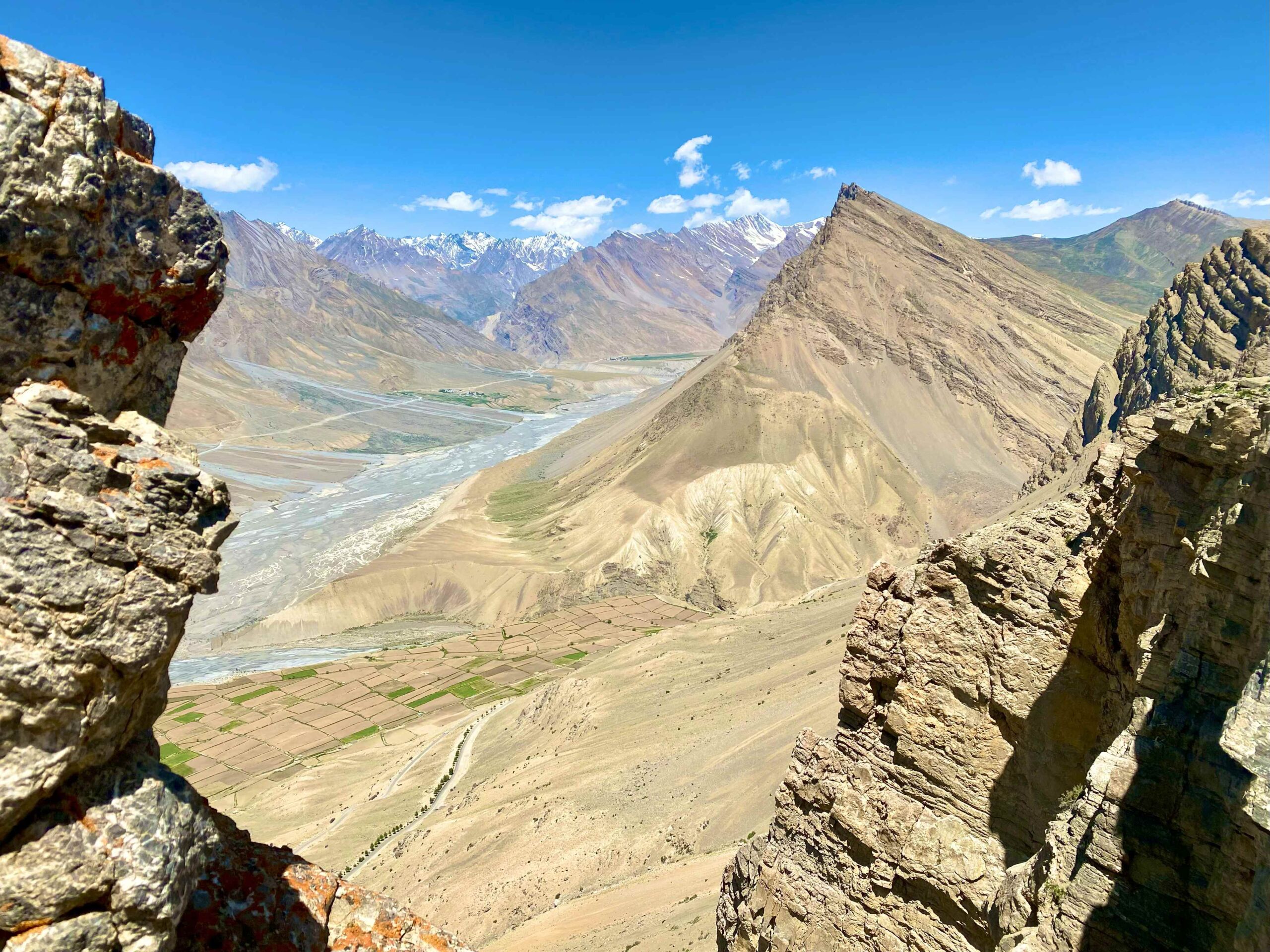




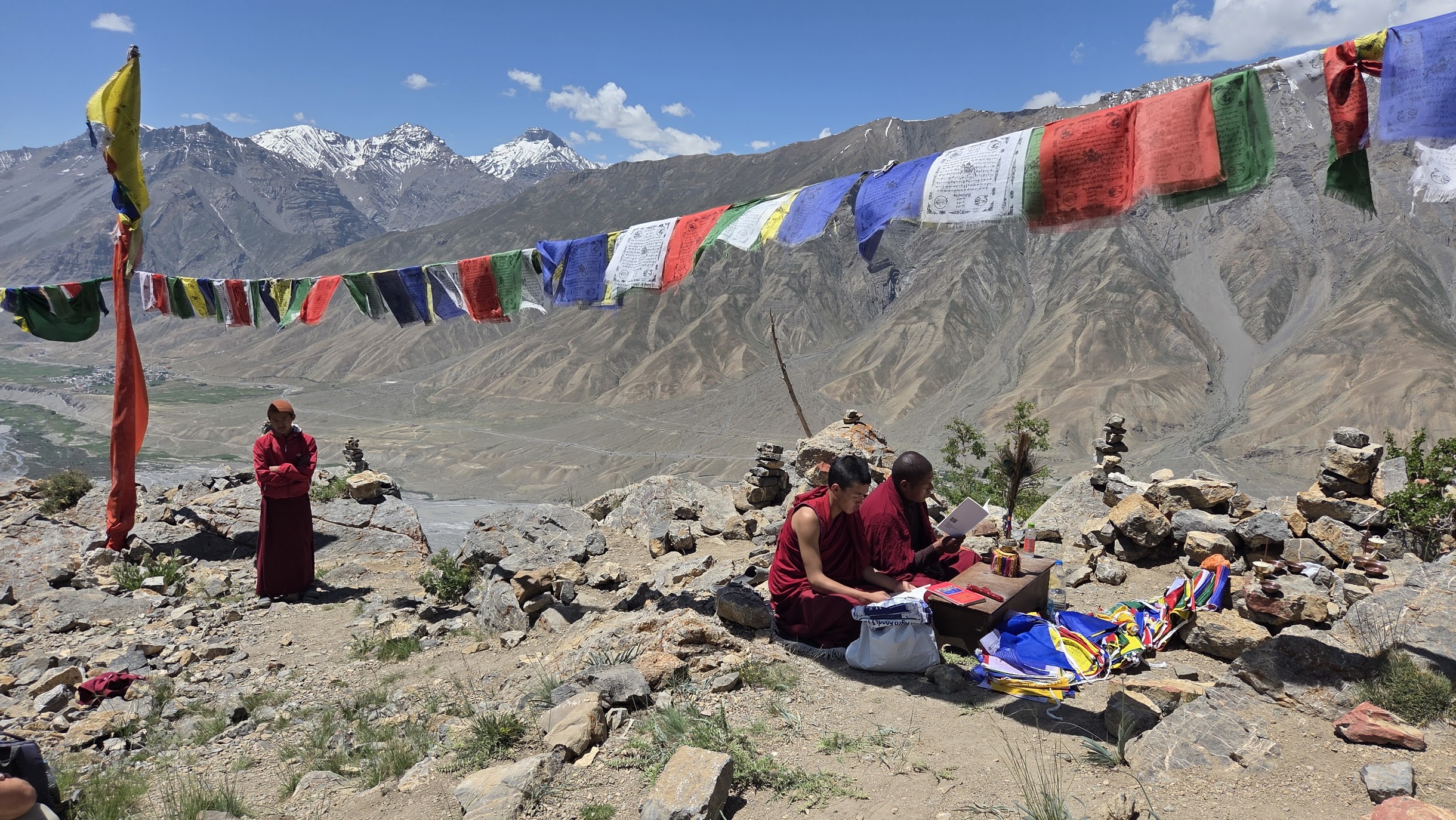



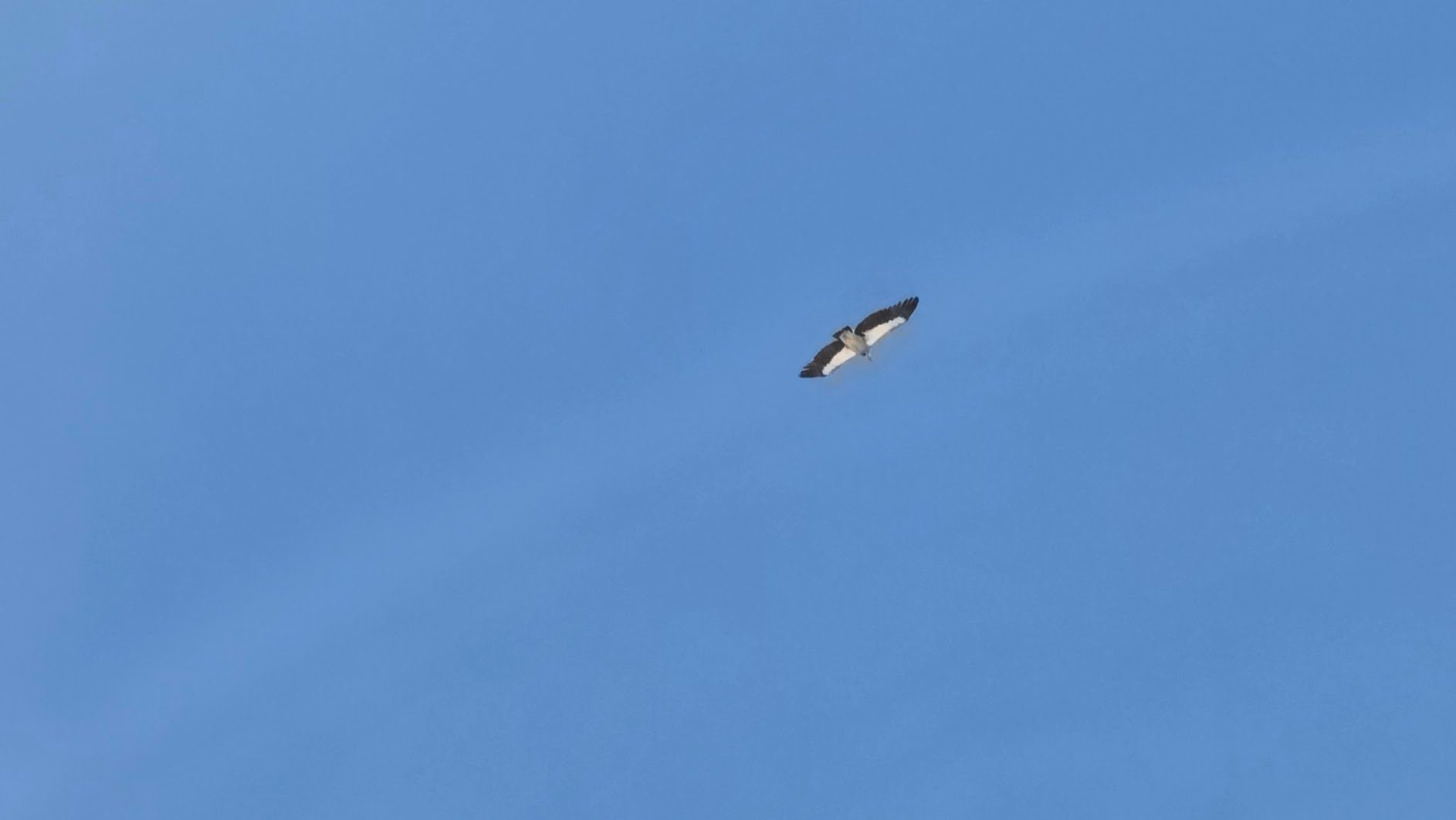

Today, the donors and I went to an old meditation cave, the walls of which are dark, shiny and smoky. They looked like black glass. The hermitage remembers centuries of aspirations, self-discipline and breaths of those who came here to fulfill the instructions of their masters. Around it, there were paintings on the rocks that were up to 3,000 years old. A rainbow appeared around the sun and rock birds echoed their songs between the rocks and into the chasm below us.
It was simple and magnificent at the same time, moments like these remind us of a ray of the past that shimmers in the present moment. The spaciousness and fluidity of the sacred now.
And because after spiritual contemplation comes earthly reality, such as hunger, we sat down with pancakes, potatoes and fruit on the ground at the old ruins of the original Komik monastery near the village of Hikkim. That was our last day in Spiti and the ancient cave. On the way down, the valley showed us its magnificent curves and colors and then it was covered in rain. It was persistent and brought a lot of moisture and freshness to the valley. The rain made it easier for the farmers to work in the fields for a few days, washed away the dust, maybe it flowed into someone’s house, but the rain prepared exciting moments for us: whether the roads would be passable tomorrow morning. In the evening it looked like it would be two days before we could barely catch the plane home…we believe it will be good.
The last work pleasure – visiting grandmothers in a home for the elderly, to whom we distributed blankets, bed linen and shoes. These local Tibetan grandmothers are extremely adorable. Some are over ninety years old and are coping with the winter quite well.
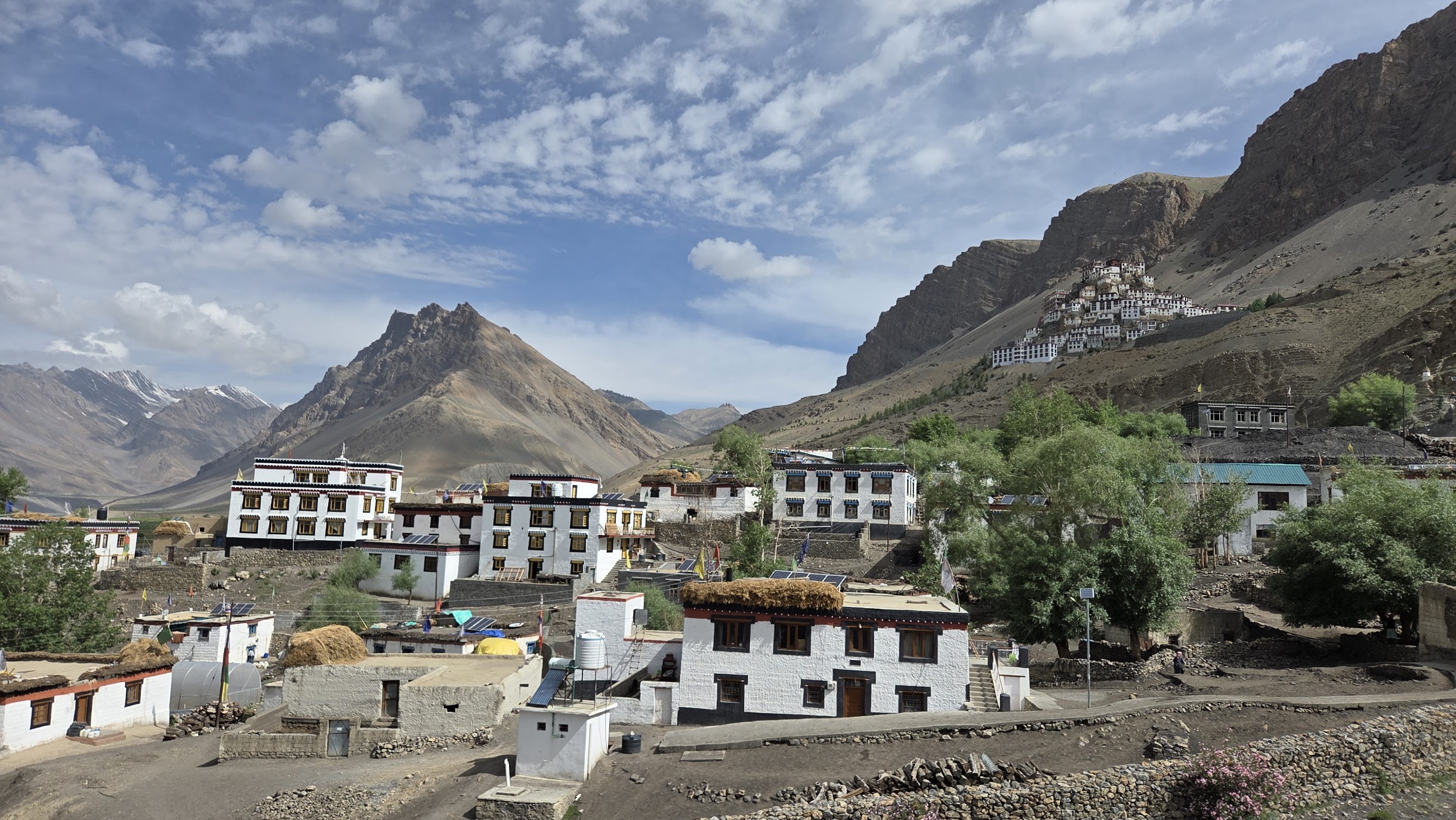
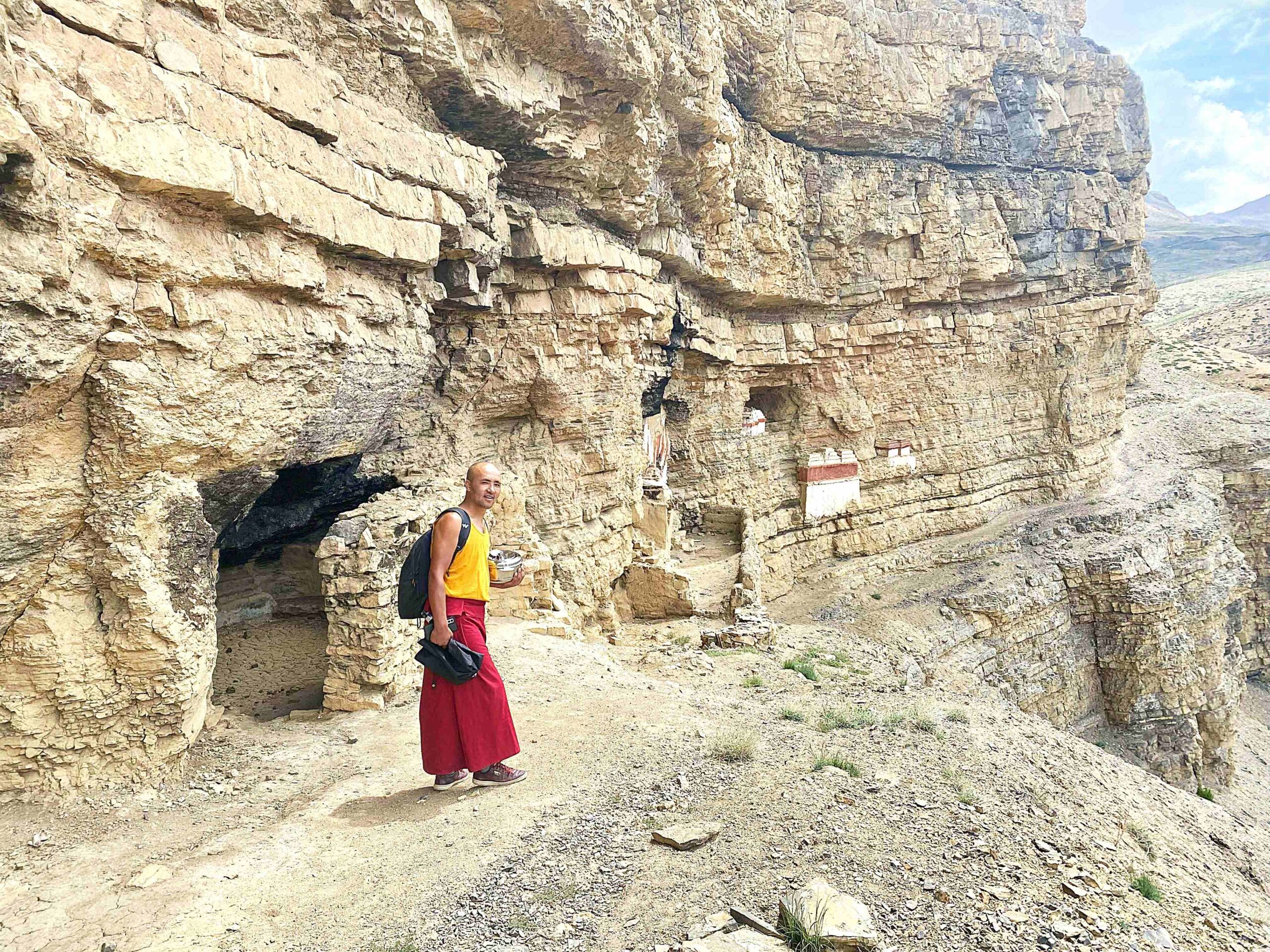
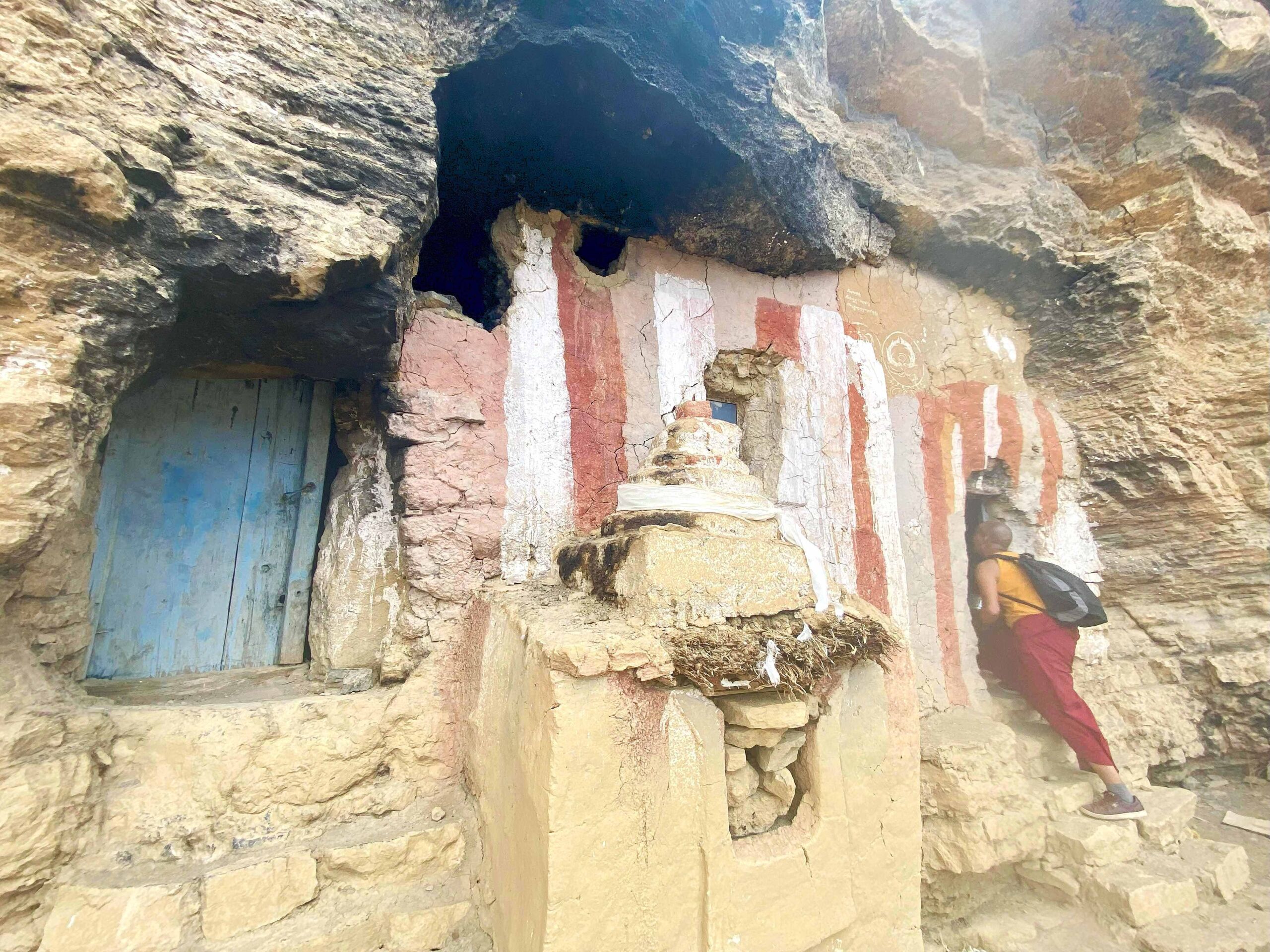
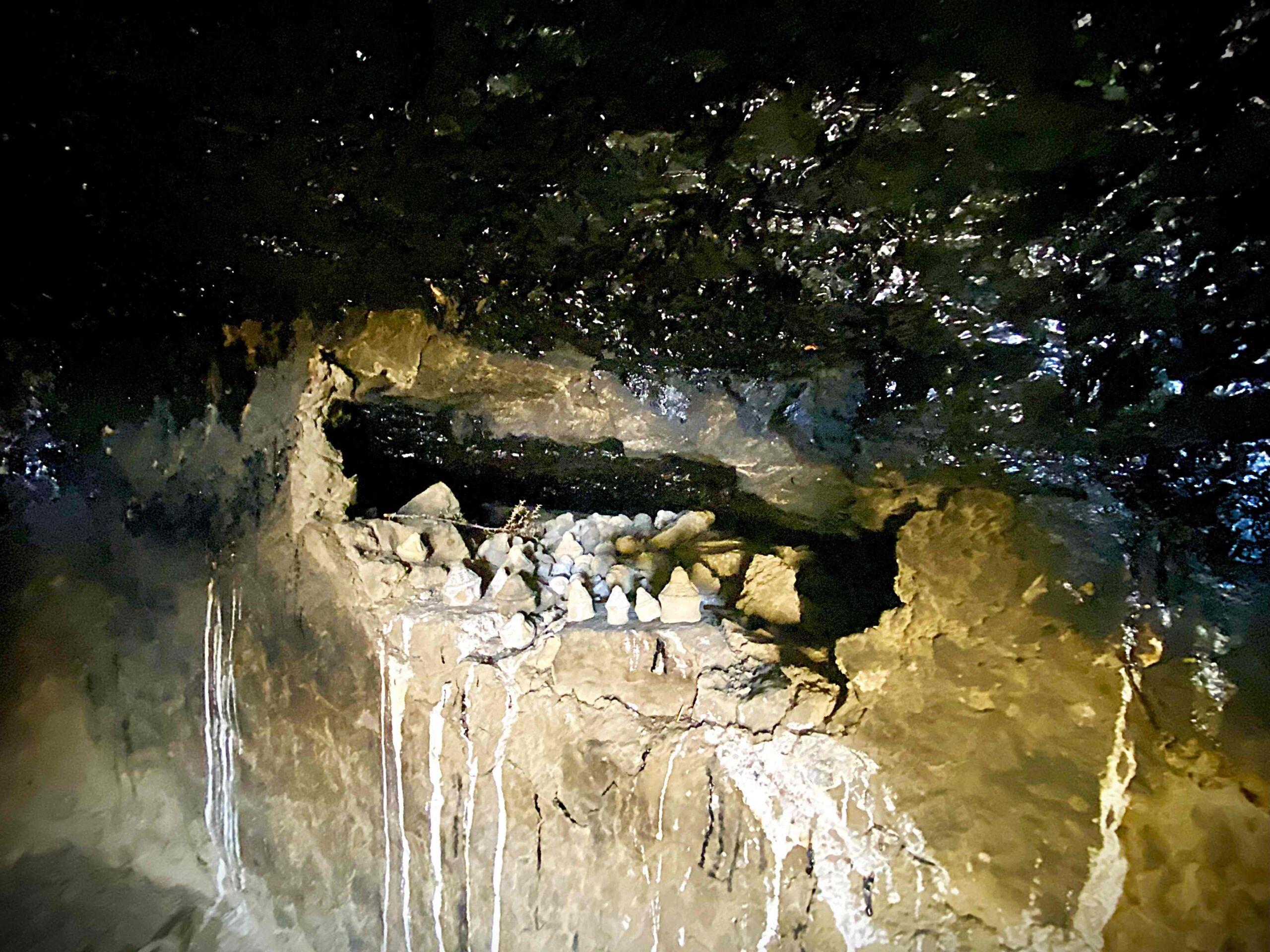



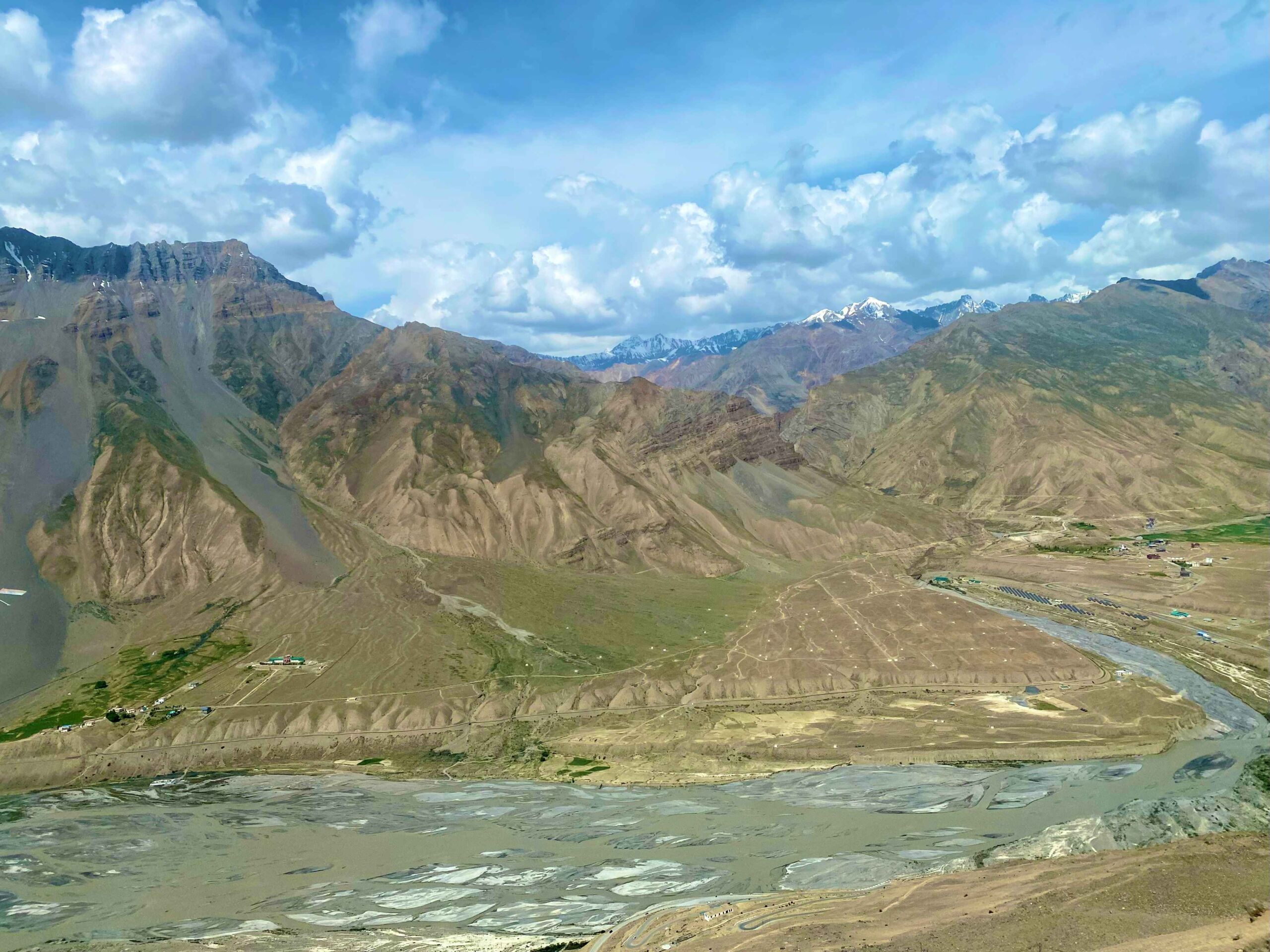




There was a lot and it was beautiful. Maybe it would take a few more monasteries 😀 There were many encounters, especially with ourselves in a different environment, a lot of gratitude and kindness, a lot of new things and something from the past that was close to us. Beautiful night sky, poetry of clouds and mountains, incomprehensibility of processes that still work in the end.
We love it here, but it’s time to let it go and move on. We won’t pretend that we’re not looking forward to the beer, after all we are Czechs 😀 They know that about us here well. We already know the freshness of Manali and the madhouse of Delhi, so let’s go… See you soon friends, see you soon dear Spiti.






